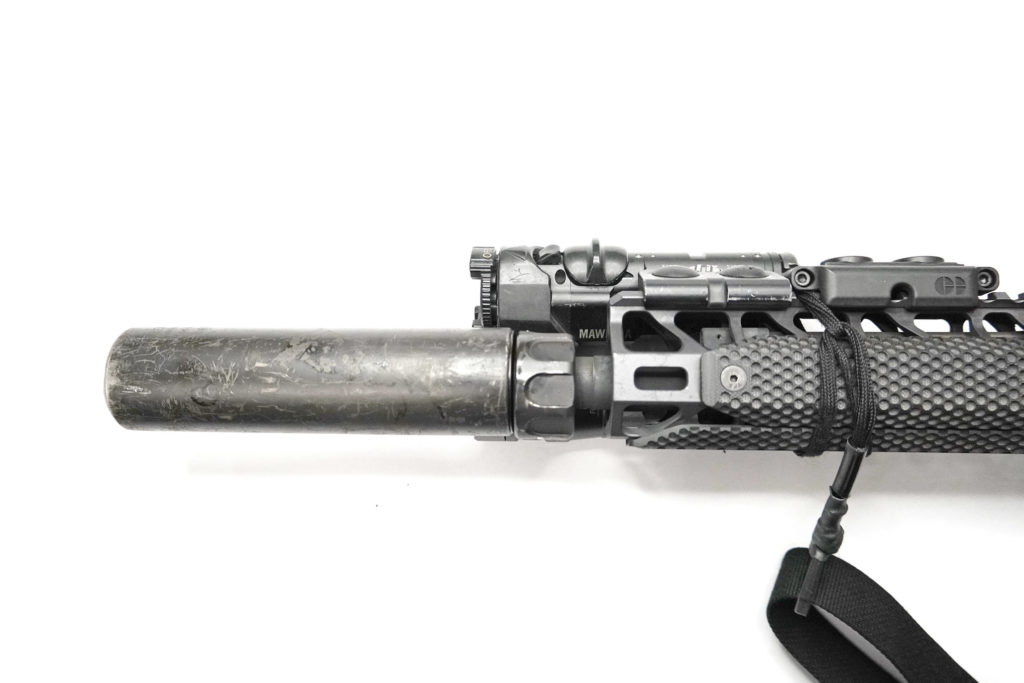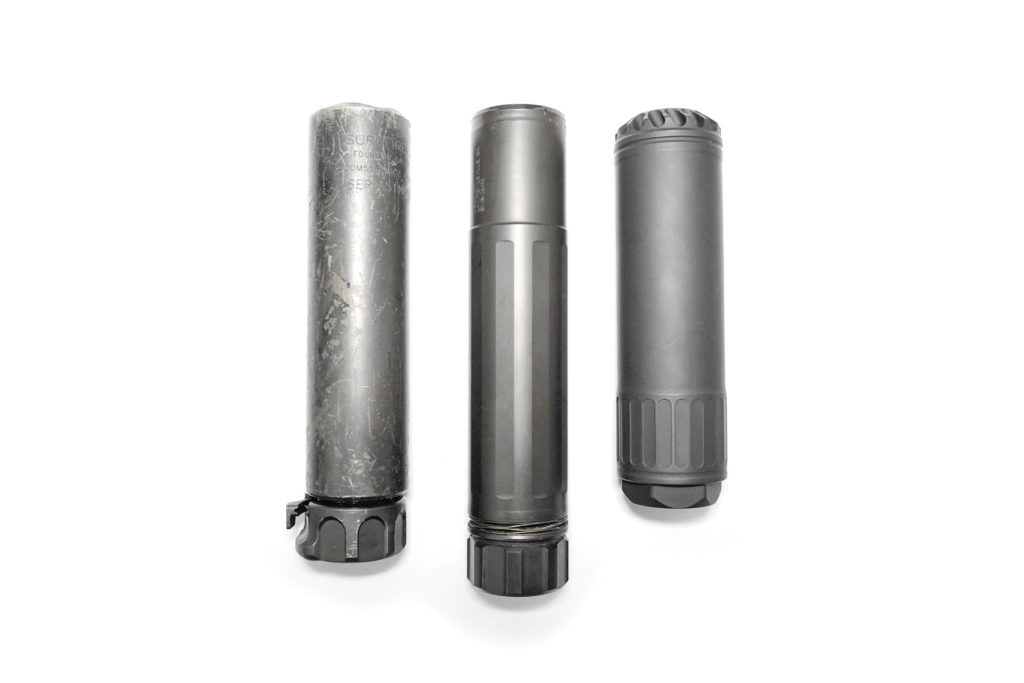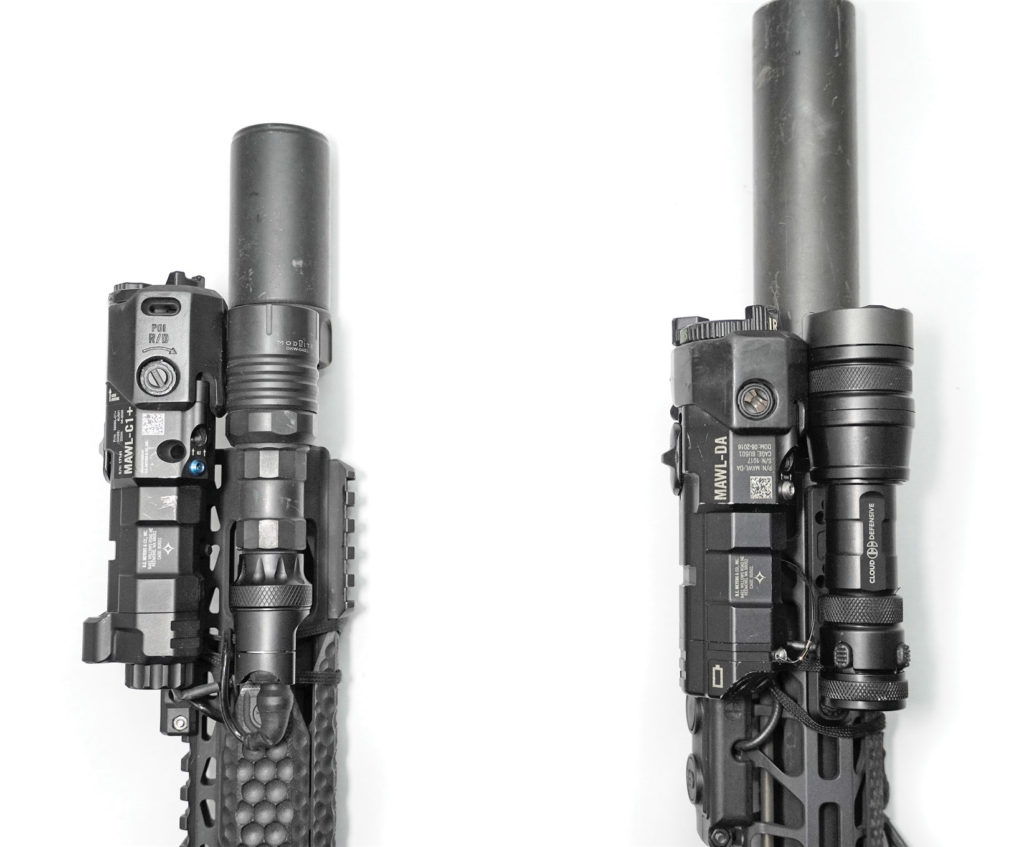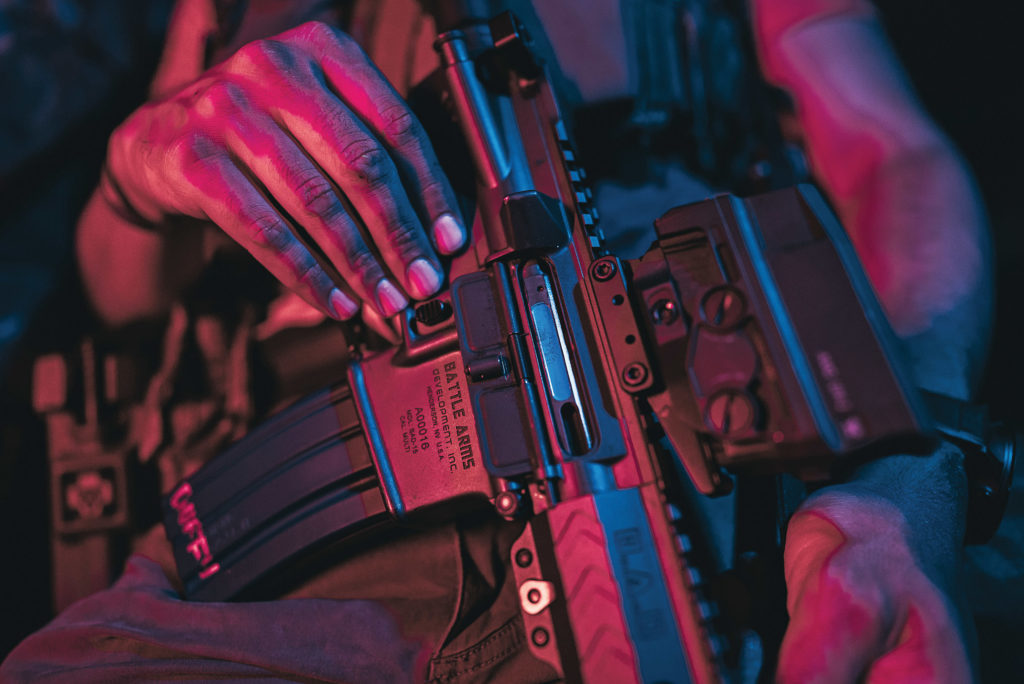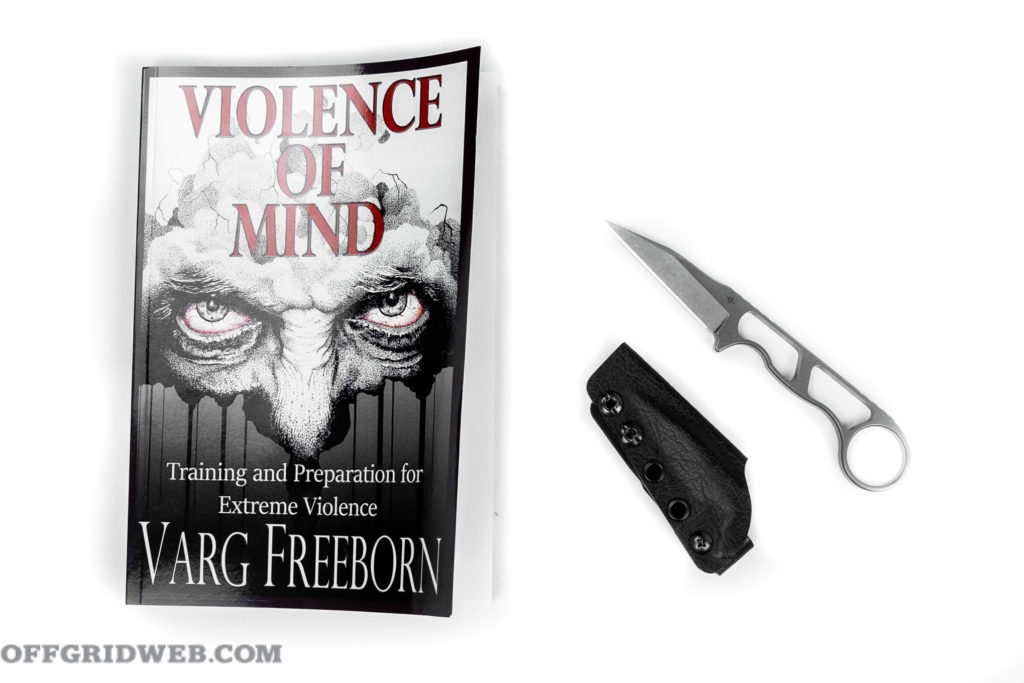Whether it’s a power outage, a natural or man-made disaster, or something as common as a roadside breakdown, emergency lights and power will often play a critical role in any recovery effort. Even the most basic tasks become vastly more difficult when you can’t see what you’re doing.
For emergency lighting, a battery-operated flashlight or lantern has usually been the standard. Although ordinary flashlights/lanterns are effective, many of the examples you’ll find at big-box retailers and hardware stores are bulky and inefficient. For those times when visibility is critical, you’ll need more robust and flexible lighting solutions. Enter Chip-On-Board (COB) LED technology, which packs a large quantity of highly efficient LEDs onto a small circuit board for higher light intensity and lower energy usage.

Above: Removable, rechargeable lithium battery features a power switch and LED charge status display. The battery also has a USB outlet and can be used to charge small electronic devices.
In this article, we take a look at the Clore Automotive Light-N-Carry Rechargeable COB LED Lights, and examine the capabilities of these powerful, multi-function tools for emergency lighting and backup power.
The Storm
In early September 2017, Hurricane Irma, a Category 5 storm, was making its way toward the Florida Peninsula. Bringing catastrophic winds and monstrous 20-foot coastal surges, Irma was leaving a trail of death and destruction all along the Caribbean.
As the outermost bands of winds started battering my family’s home, we anxiously waited to see what path Irma would take. Fortunately for heavily populated Miami-Dade, Broward, and Palm Beach counties, which are home to well over 6-million people, Irma took a turn, and we avoided a direct hit. The folks along parts of the Florida Keys and the West Coast of Florida weren’t so lucky. Before it was over, Hurricane Irma would claim well over 100 lives, 72 of which were in the state of Florida, and cost well over $50 billion.
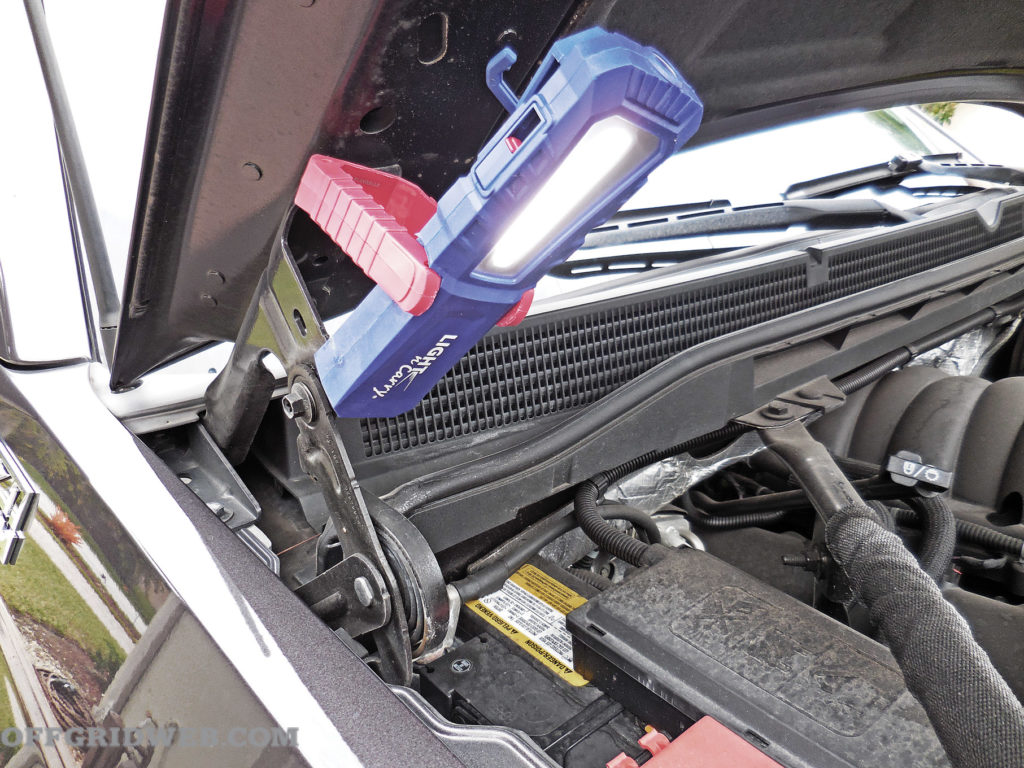
Back in my neck of the woods, although we had missed a direct strike, we still had plenty of problems. Many roads were covered in storm debris, downed trees, and power lines. But worse yet, lots of folks in South Florida (including yours truly) would be without power for many weeks as utility crews worked day and night to clear debris, repair powerlines, and restore service one block at a time.
Lights Out
The moment the lights go out, everything changes. And the longer you’re without power, the more difficult the situation becomes. If it’s just a few hours, you’ll probably be able to make do with whatever lights (or candles) you have on-hand. But for the long-term, you’ll need much more. For Irma, we had headlamps, flashlights, and lanterns, but as the days wore on, we began to realize that our equipment was seriously lacking. We were also running through batteries a lot quicker than anticipated, and not producing nearly the amount of light we needed. While we managed to get by, one thing became painfully obvious: We wanted better lighting options, lights that would be powerful enough to illuminate an entire room and could easily be adjusted and repositioned as conditions changed. We also wanted rechargeable lights, thereby minimizing our dependency on disposable batteries. While lighting preps usually don’t get as much attention as water, food, or security/self-defense, this is one of those things that you just can’t afford to neglect.
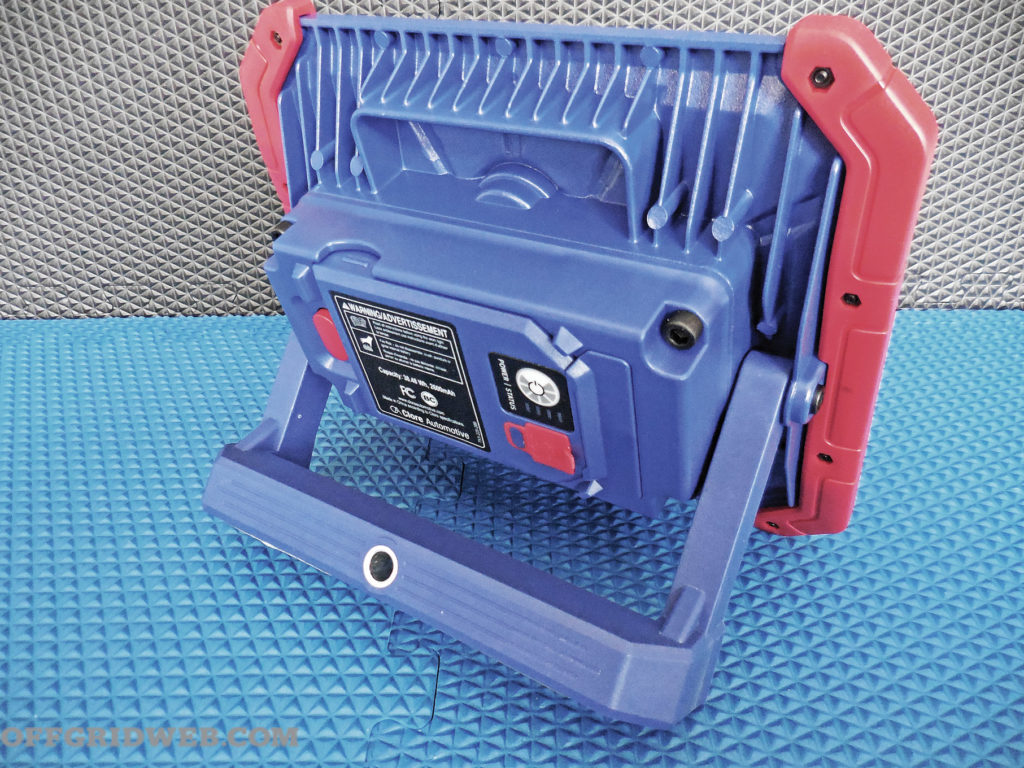
Above: Clore’s heavy-duty housing incorporates reinforced corners and a protective rubber bumper casing for impact resistance.
We also realized that we would need a way to recharge our cell phones and other small electronic devices. During an emergency, smartphones can be used to monitor weather conditions/advisories, and to communicate with friends and family. The battery backups we had for our phones only got us so far — we knew we could do much better.
(For more tips on how to use a fully charged cell phone or tablet for survival during a crisis, see our review of 10 Emergency Apps for iOS and Android in RECOIL OFFGRID Issue 29.)
The Aftermath
For us, it would be almost 10 days before the power was fully restored. The storm itself was challenging, but it only lasted a few hours. The aftermath, including those brutal days without power, tested all of our plans, preparations, and gear. We needed to make improvements.
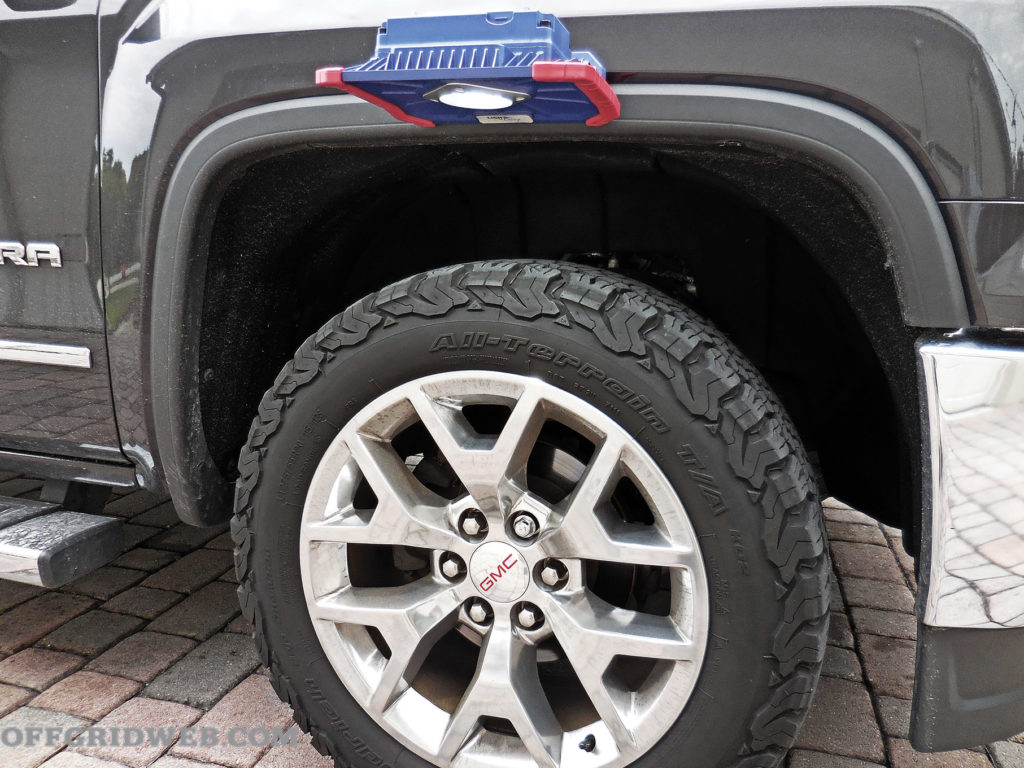
As soon as things got back to normal, I started looking for ways to upgrade our emergency lighting and power backup options. In reality, whether it’s a natural or man-made crisis, emergency lighting matters. With this in mind, we knew that any gear we considered would need to have the following features:
- High-lumen output, low energy consumption LEDs
- Cool to the touch, even after extended use
- Rechargeable, swappable batteries
- Rugged, lightweight, and portable (impact and weather resistant)
- Capable of charging other small electronic devices.
Storage Considerations
We recommend staging supplies, including portable lighting, in a number of key locations throughout the house as well as in your vehicles. This accounts for two needs:
1. Proximity. Vital gear is always close at hand no matter what part of the house you find yourself in.
2. Risk management and loss mitigation. If you put all your eggs in one basket and your only stockpile is affected by wind/flood/fire or some other version of crisis-related damage, you could end up losing some, or all, of your supplies.
Clore Light-N-Carry
Clore is a company that specializes in the design, development, and manufacture of automotive service equipment for professionals and consumers. They’re probably best known for their Jump-N-Carry Starters, battery chargers/testers, and power inverters. But the folks at Clore also have an extensive lineup of powerful, portable, rechargeable lighting products. The new Light-N-Carry work lights seemed to have many of the features we were looking for. After careful consideration, we focused on four Light-N-Carry products that we felt were especially well-suited not only for crisis planning and preparation, but also for everyday use.
- LNC2251 1,500 Lumen Flood Light
- LNC2551 4,000 Lumen Flood Light
- LNC1541 500 Lumen Work Light
- LNC7250 Lenexa Headlamp
At the heart of each of these products is the modern Chip-On-Board (COB) LED technology. COB lights are brighter, consume less power, and produce a higher intensity beam of light compared to older dual inline package (DIP) and surface-mount device (SMD) LED technologies. In essence, you get more light from a smaller unit with lower power consumption.
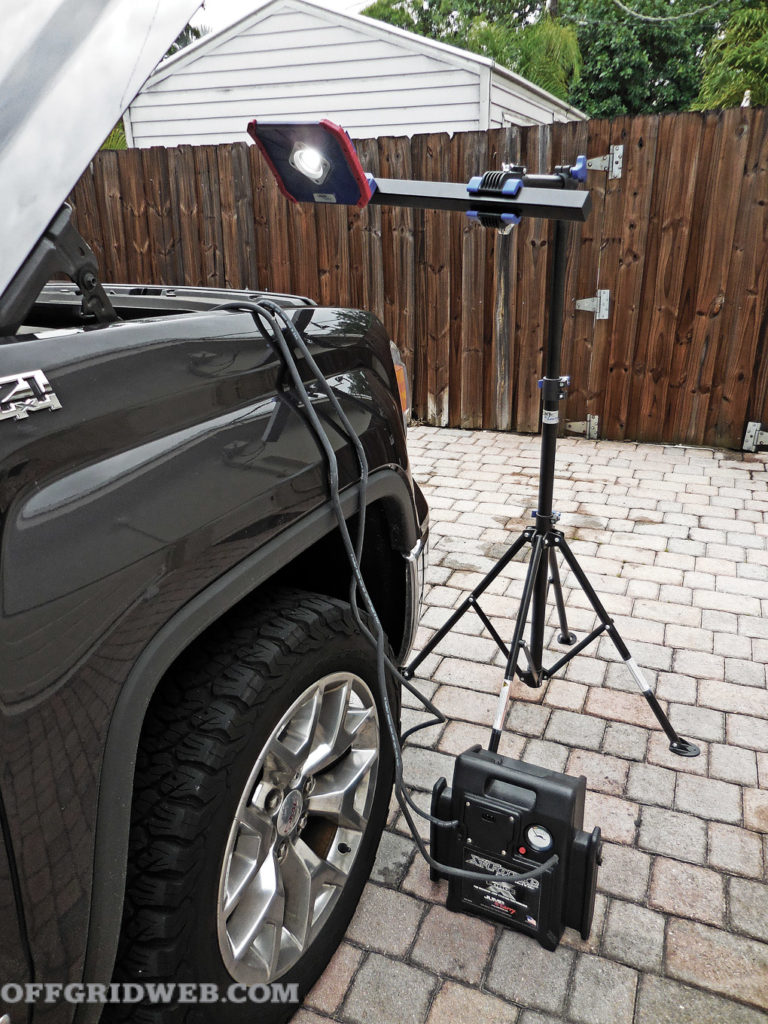
Above: The LNCPOD is a four-legged, adjustable, tubular steel platform that provides exceptional stability and can support up to four lights.
While each product has its own set of unique features, all excel at producing powerful illumination, long run times, and easy recharging. The two Flood Lights (2551 and 2251) also feature a pair of powerful, rechargeable batteries that also function as a USB power bank to charge small electronic devices. Below is a summary of the four products we tested.
Light-N-Carry LNC2551 (Flood)
With two removable batteries and a maximum output of 4,000 lumens, it can easily light up an entire large room. On the medium setting (1,500lm — which is still plenty bright), we consistently got a bit over eight hours of runtime with the two batteries included. But, besides producing an incredible amount of light, the LNC2551 runs cool. The swivel arm and magnetic mounts allow the unit to be positioned in a variety of different ways, depending on the environment and the needs at hand. And at 3.7 pounds, the LNC2551 is about half the weight of a standard 1,000-lumen camping-style lantern powered by D batteries. The COB LED also features IP64 dust/water protection. All in all, a very powerful package, and a great light to keep at home or in a vehicle.

Expect to pay approximately $150, although shopping around can often get you a better deal. Many other manufacturers sell high-lumen LED lights at lower prices, but in order to do a true price comparison, you have to compare construction, runtime, and durability, not just lumens. Clore gets top marks for building a very solid product. If you’re willing to pay for quality, the higher price point makes sense. If you use the rechargeable batteries to charge other electronic devices, or run the unit at full power, expect the batteries to drain much faster. With two batteries, however, you have the option of charging one battery while you use the other.
Note: For additional mounting options, Clore offers the LNCPOD, a four-legged, tubular steel platform that’s fully adjustable and provides exceptional stability supporting up to four lights.
At a Glance:
- Three intensity settings: 4,000/1,500/1,000lm
- Four hours of runtime on Med output setting
- 180-degree swivel arm for both fixed and magnetic mounting options
- Rechargeable/removable lithium battery, which also serves as a portable power supply with a 1A USB outlet to charge small electronic devices
- LED battery status display (this comes in very handy)
- Includes two batteries, a wall charger, and a braided charging cord
- Grip-Tech housing for improved grip and impact resistance
- IP64 dust/water protection
Light-N-Carry LNC2251 (Flood)
The LNC2251 is the smaller version of the LNC2551. While the maximum amount of light drops down to 1,500lm, the LNC2251 uses the same size rechargeable batteries and has all the same features, just at a lower lumen count — 1,500/1,000/500lm. Weighing in at 2.8 pounds, the LNC2251 proves that size doesn’t always matter. (If portability isn’t your first concern, I’d probably spend the extra bucks and get the more powerful LNC2551.)

Above: The Light-N-Carry 2251 flood light combines COB technology, high lumen output, a removable, rechargeable battery, and a dust/water-resistant housing.
Expect to pay approximately $125 if you shop around. Since the LNC2251 is a smaller version of the LNC 2551, the same comments above apply here.
At a Glance:
- Three intensity settings: 1,500/1,000/500lm
- Four hours of runtime on the high output setting
- 180-degree swivel arm for both fixed and magnetic mounting options
- Rechargeable/removable lithium battery, which also serves as a portable power supply with a 1A USB outlet to charge small electronic devices
- LED battery status display
- Includes two batteries, a wall charger, and a braided charging cord
- IP64 dust/water protection
Light-N-Carry LNC1541 (Work Light)
The LNC1541 is the smallest handheld light on our list. With a maximum lumen output of 500lm, the LNC1541 is designed to be handheld or mounted/hung and used to illuminate smaller spaces. The unit features a rechargeable battery and produces 500/150/60lm. Weighing in at 0.9 pound, the LNC1541 can easily be carried in a pocket or a small bag, making it one of our favorite lights to use around the house and to keep in the car. It’s powerful, affordable, fits just about anywhere, and has a ton of features. I can also see throwing this light in a bug-out bag or a toolkit.
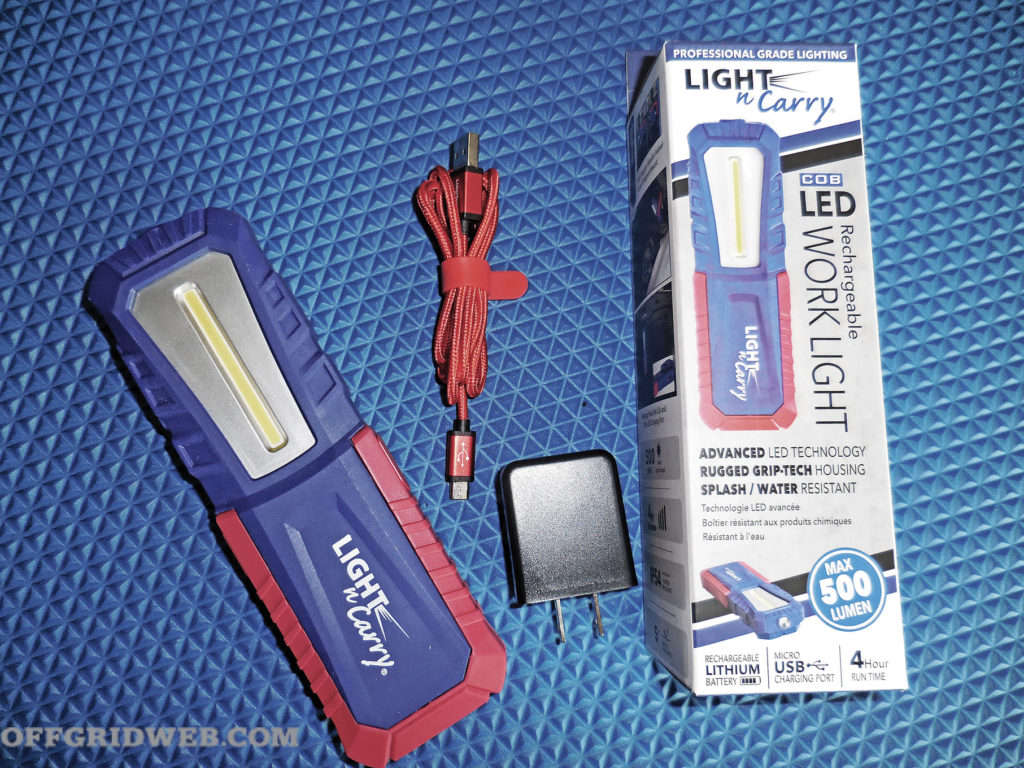
Above: This 500-Lumen LED work light is coupled with a 60-lumen focused beam and features a swivel handle with magnetic mounting.
This model will cost approximately $40, slightly above competitors’ products but more in line with what one would expect to pay for this sort of light. The battery is built in and can’t be swapped out, which was a disappointment considering how easy it was to swap out batteries on the LNC2251 and the LNC2551. Swappable batteries would’ve been really helpful on this model — maybe something for the folks at Clore to consider for future upgrades.
At a Glance:
- Two intensity settings: 500/150lm
- Surface-Mount Device (SMD) LED focus beam setting: 60lm
- Four hours of runtime on high output setting
- 180-degree swivel arm for both fixed and magnetic mounting options (also includes a hang-hook)
- IP54 dust/water protection
- Grip-Tech chemical-resistant housing
- LED battery status display
- Includes a wall charger and a braided Micro-USB charging cord
Light-N-Carry LNC7250 (Lenexa)
The LNC7250 is a headlamp with various mounting options. With a maximum of 250lm, the LNC7250 provides a convenient lighting option for small, close-up work, or as a backup when using more robust lighting. It also has some very cool features such as the M-Lock magnetic mounting system and touchless wave on/off. With 200lm CREE LED Spotlight and 250lm COB LED Floodlight output, the LNC7250 produces a respectable amount of light from a very small and lightweight package.
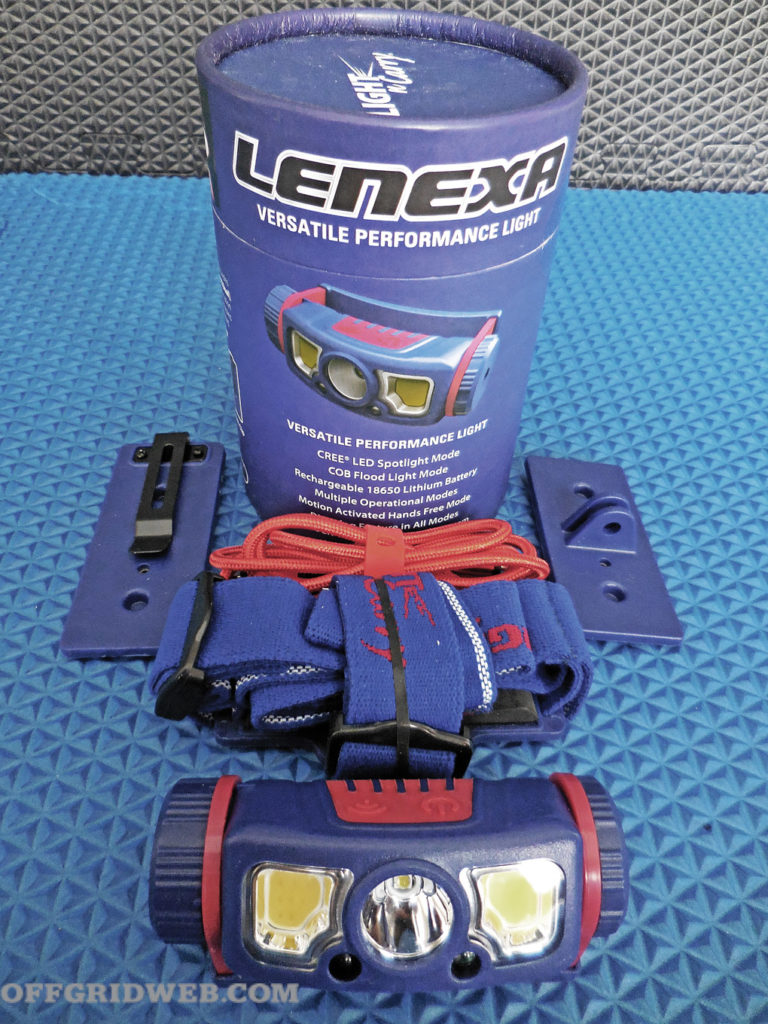
Above: The Lenexa Hands-Free Light is rechargeable and offers a motion-activated wave on/off mode for touchless operation.
Expect to spend around $50. This was my least favorite light of the bunch, although I’m not really a big fan of headlamps in general. I also felt that it offered the least value for the money. With all the mounting options and higher lumen count, I felt that the LNC1541 provided superior performance for less money. I realize that I’m comparing two very different lights, and that in certain situations a headlamp can provide lots of benefits, but if I had to pick one, I would go with the LNC1541.
At a Glance:
- Two settings: 200lm Spot/250lm Flood
- Four hours of runtime on high output setting
- 180-degree rotation of the housing structure
- Includes head strap, belt clip, and features an action mount magnetic (M-Lock) system
- IP54 dust/water protection
- Touchless Wave on/off
- 18650 lithium battery with Micro-USB charging (charging cord included)
Conclusion
Emergency lights and power are a crucial, but often overlooked, component of any viable survival plan. Not only were these products effective in producing high-lumen, high-quality light, but they also offer emergency backup power for small electronics. We especially liked the LNC2551 and LNC2251 for those times when you need lots of portable light. For smaller jobs, the LNC1541 quickly became our favorite go-to light. As with any other purchase, cost is always a consideration. Make sure to shop around — we did a quick search and found many retailers offering discounts. We got these lights to fortify our emergency preps, but we find ourselves using them all the time.
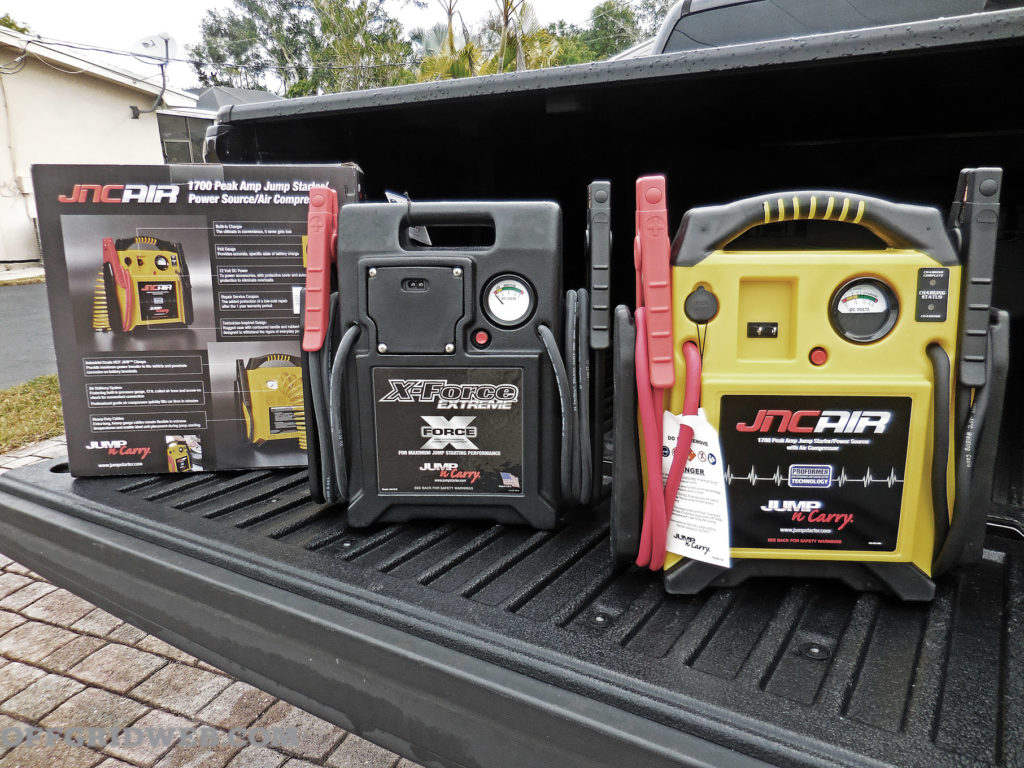
Above: Rather than relying on jumper cables and assistance from another vehicle, the JNCXFE and JNCAIR battery starters allow you to jump-start an engine by yourself.
Disasters often challenge our plans and force us to reevaluate our choices. In this case, the lessons learned will help my family be better prepared for just about any low-light crisis situation.
Source
Clore Automotive: cloreautomotive.com
About the Author
Richard is an urban survival consultant, writer, and firearms enthusiast. He’s the author of Surviving Doomsday: A Guide for Surviving an Urban Disaster, and The Quick Start Guide for Urban Preparedness. For the latest preparedness news and updates, connect with Richard on quickstartsurvival.com.
More from OffGrid

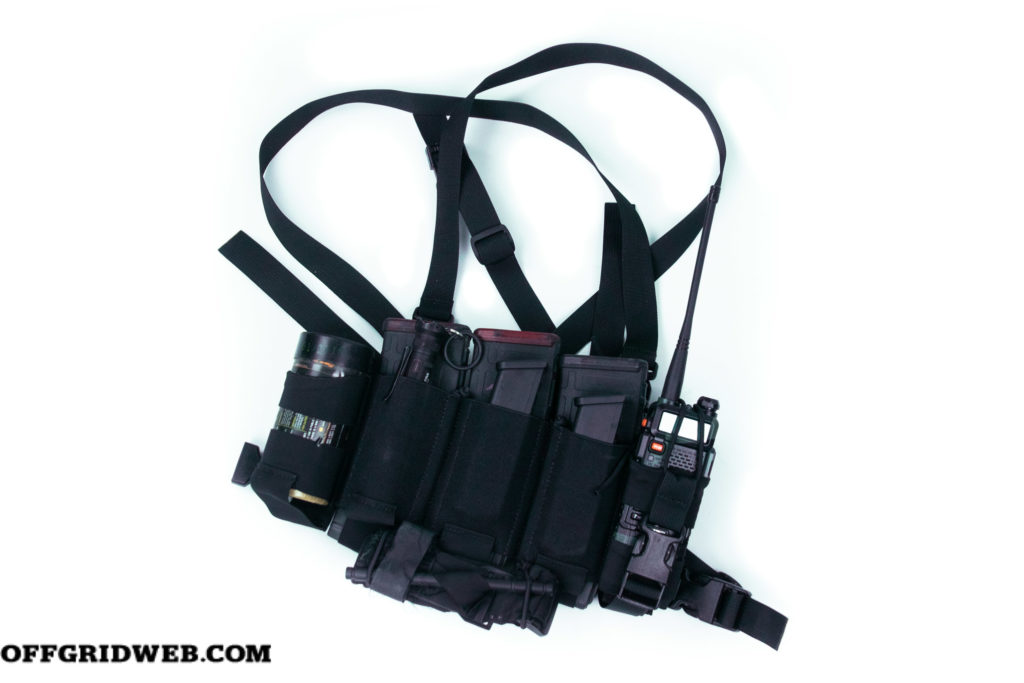
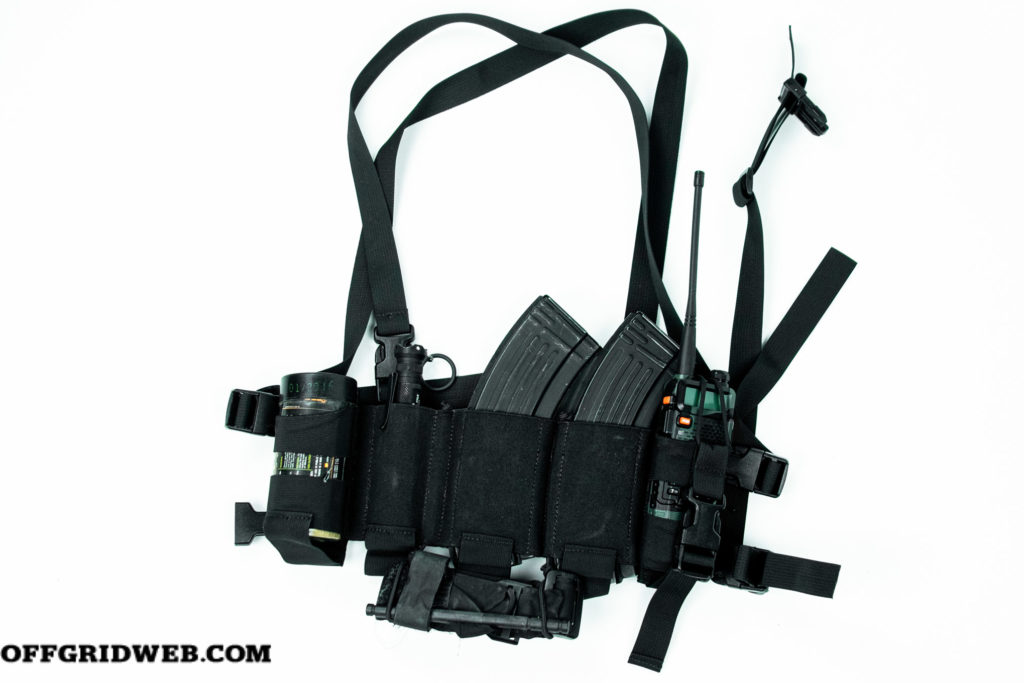
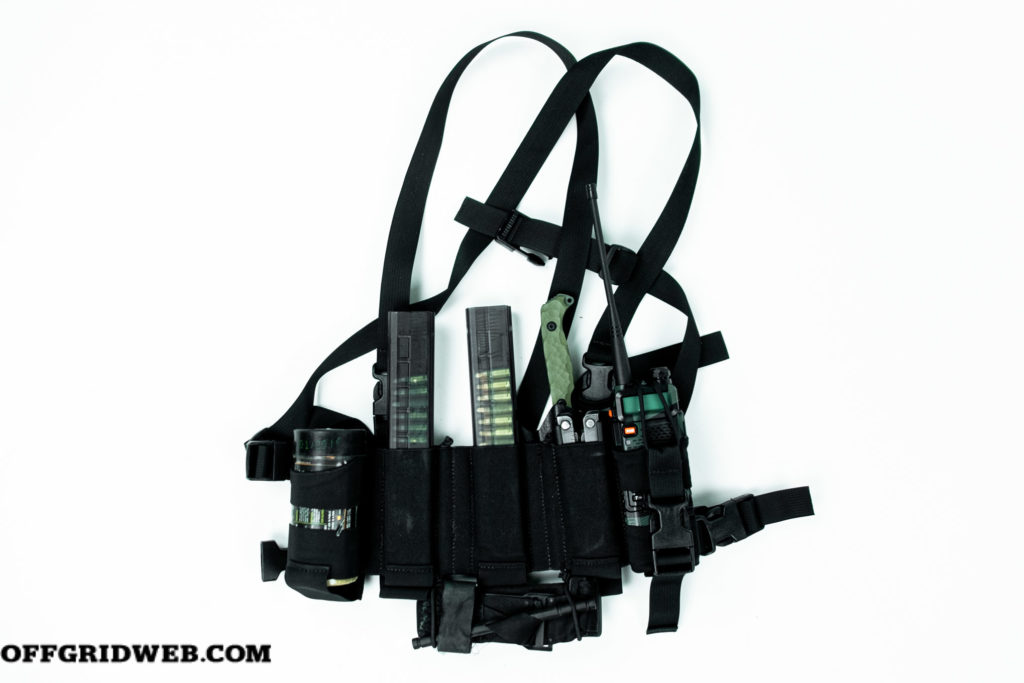
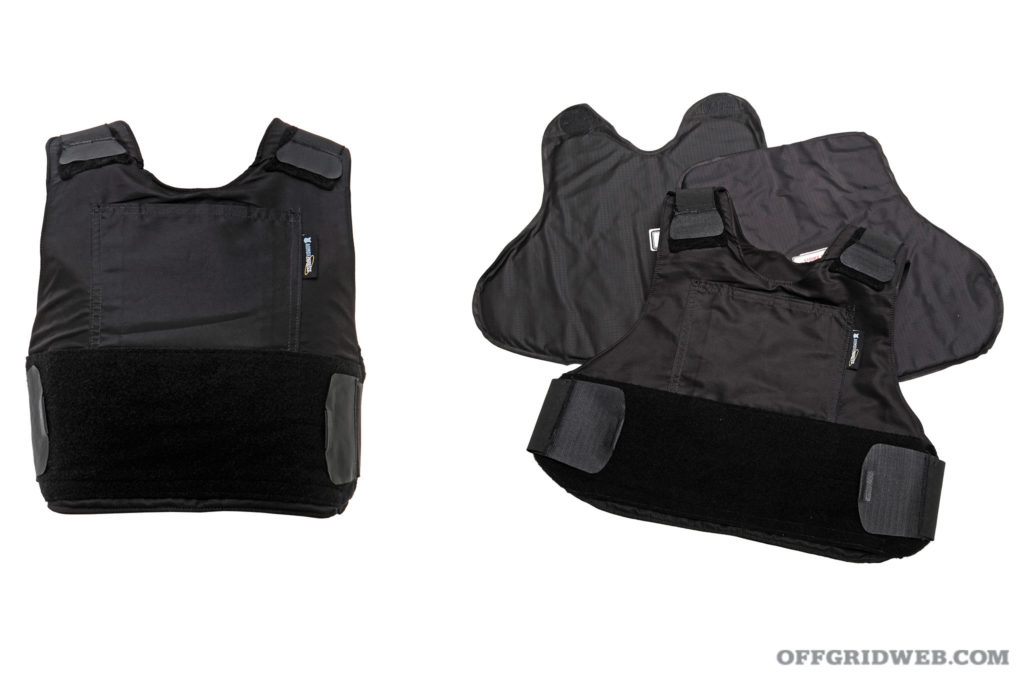
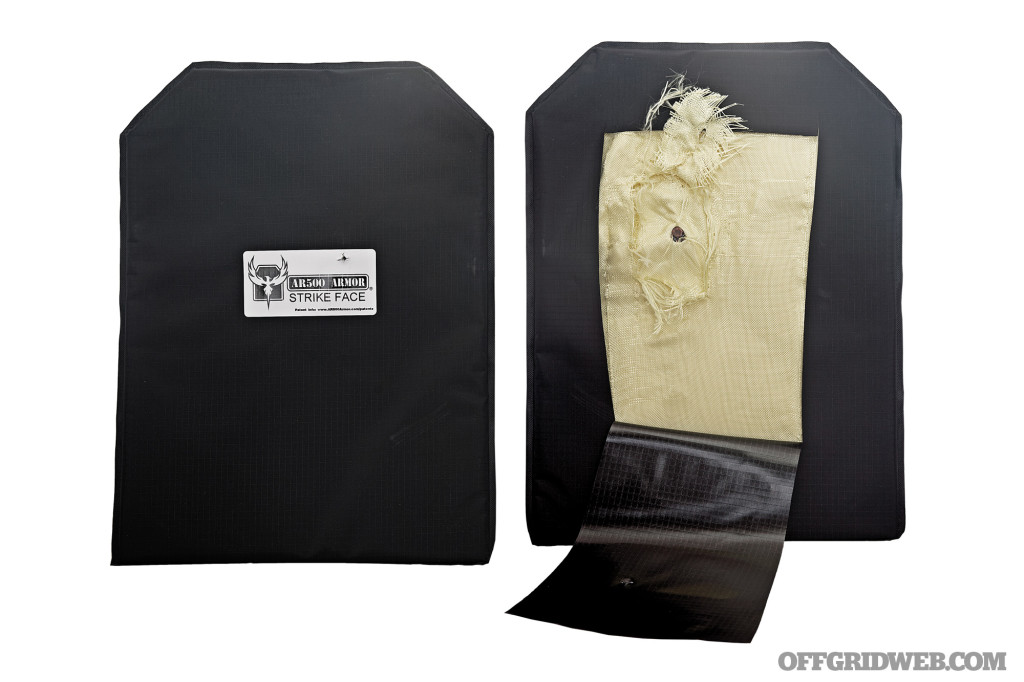
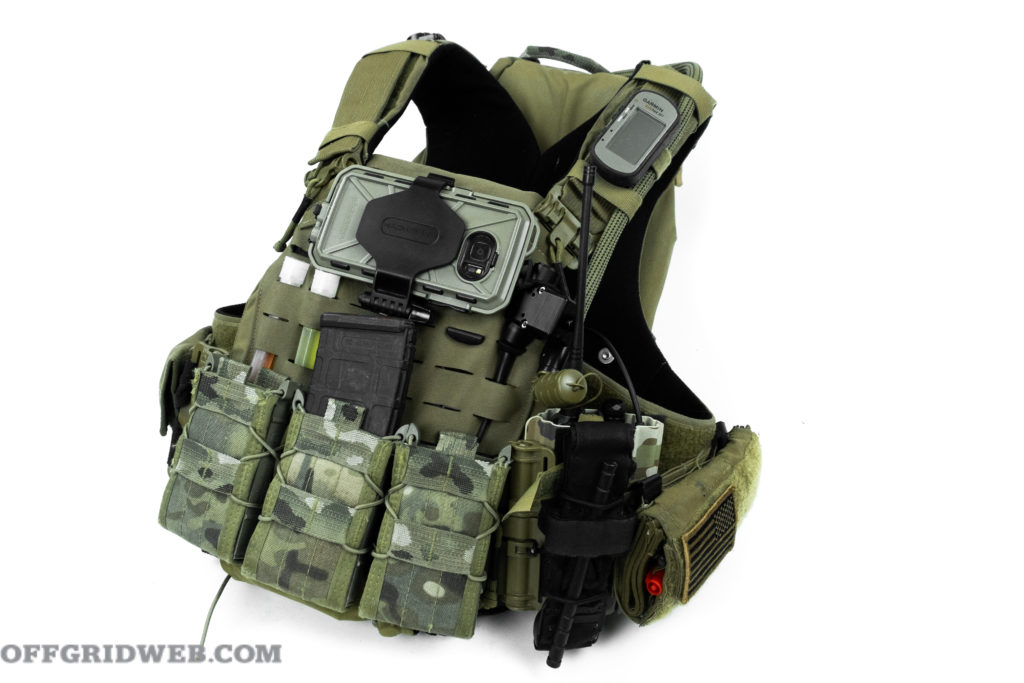
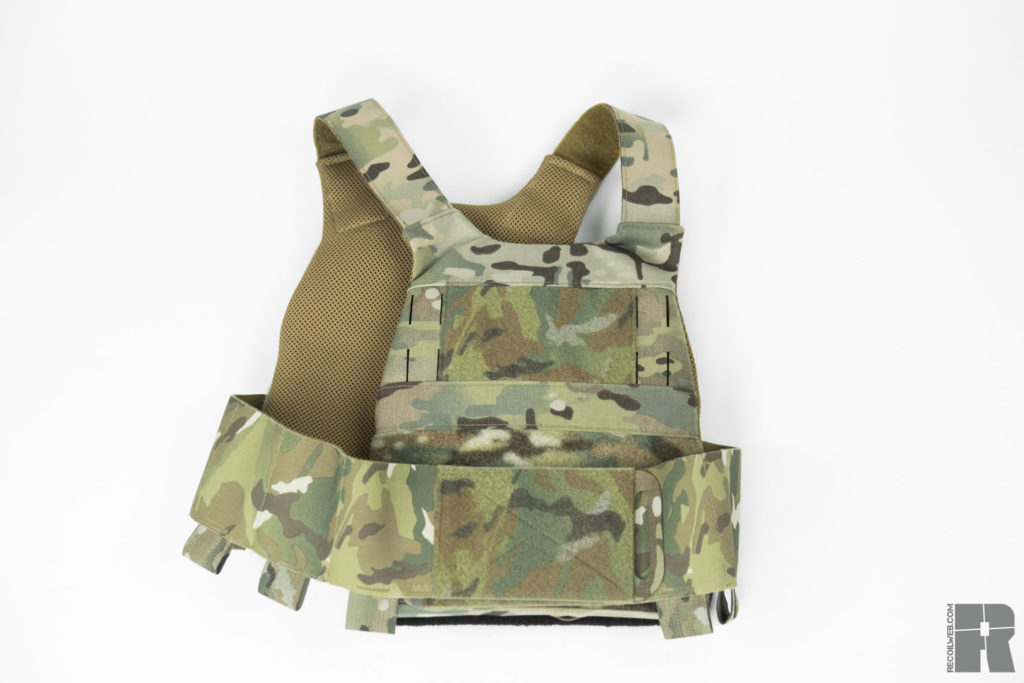

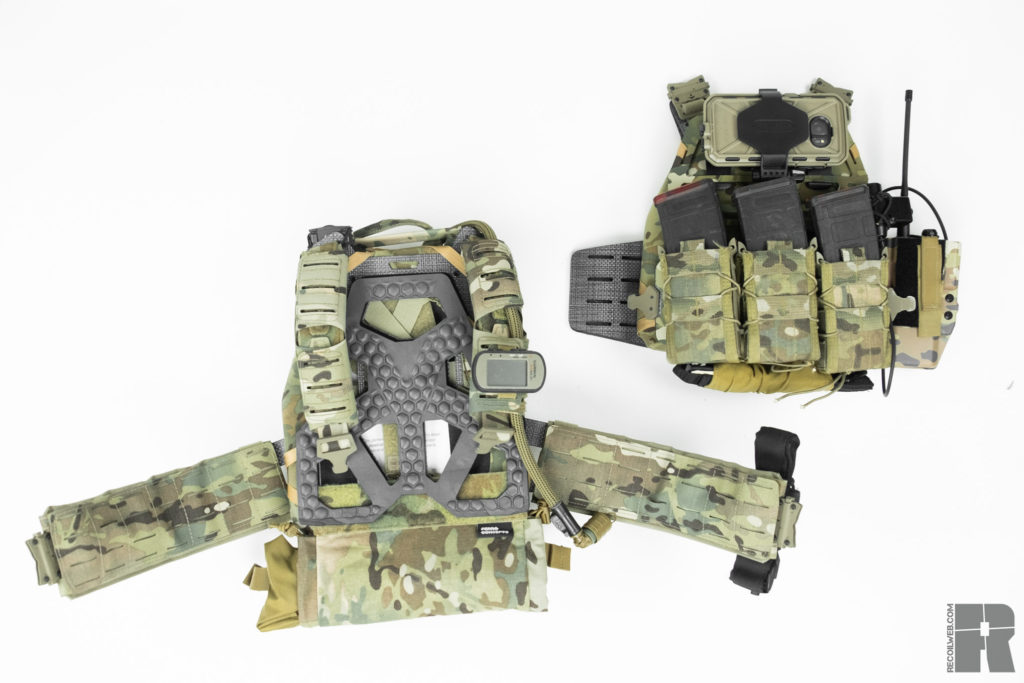
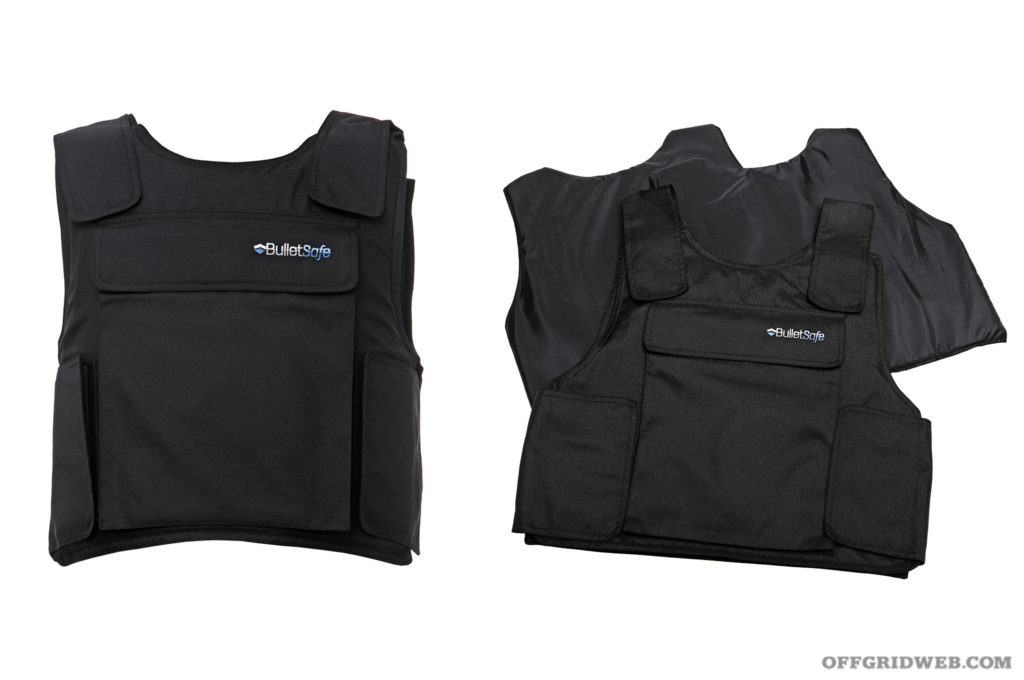










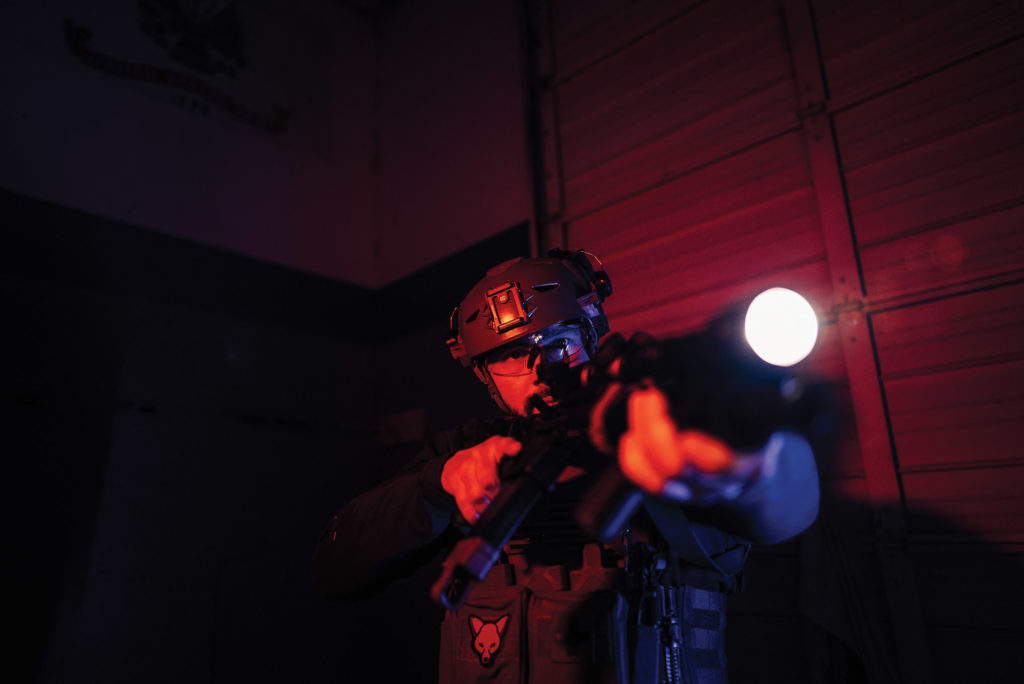
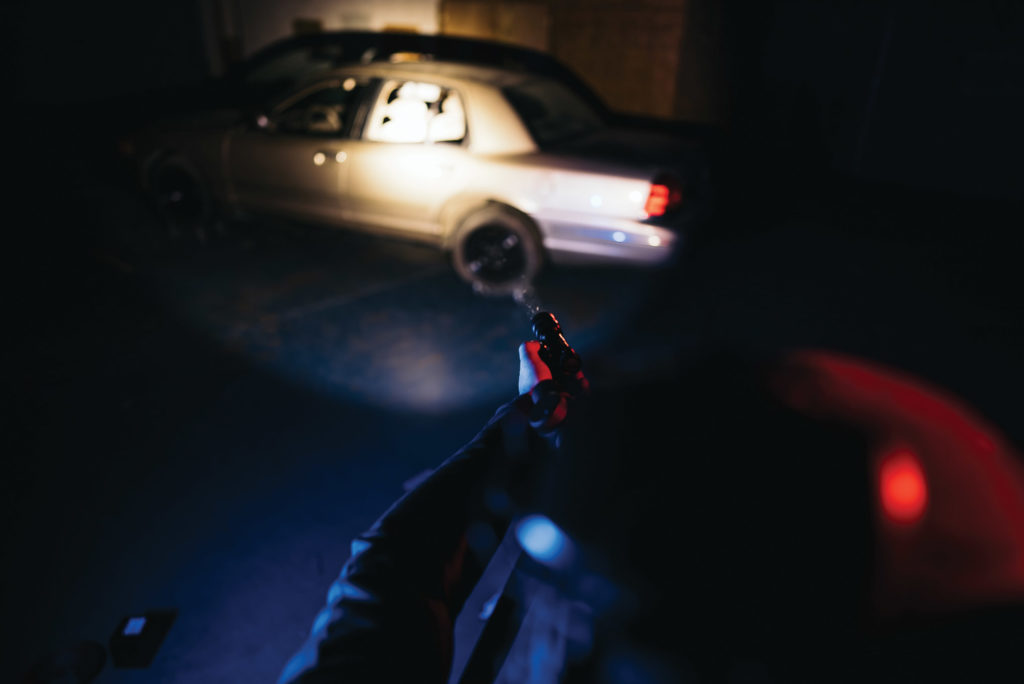
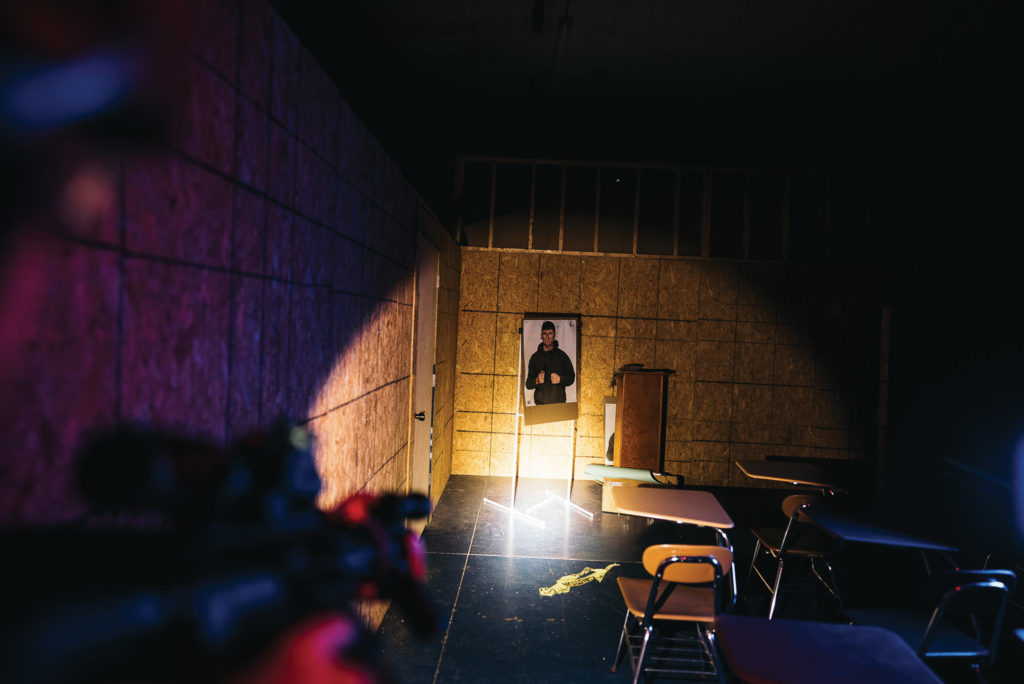
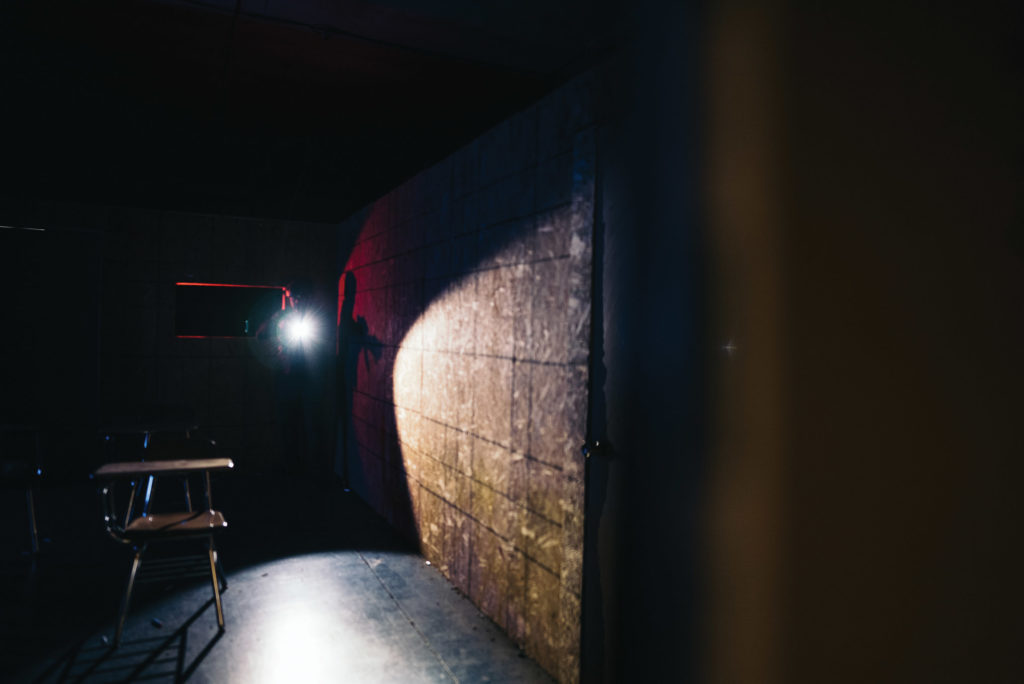
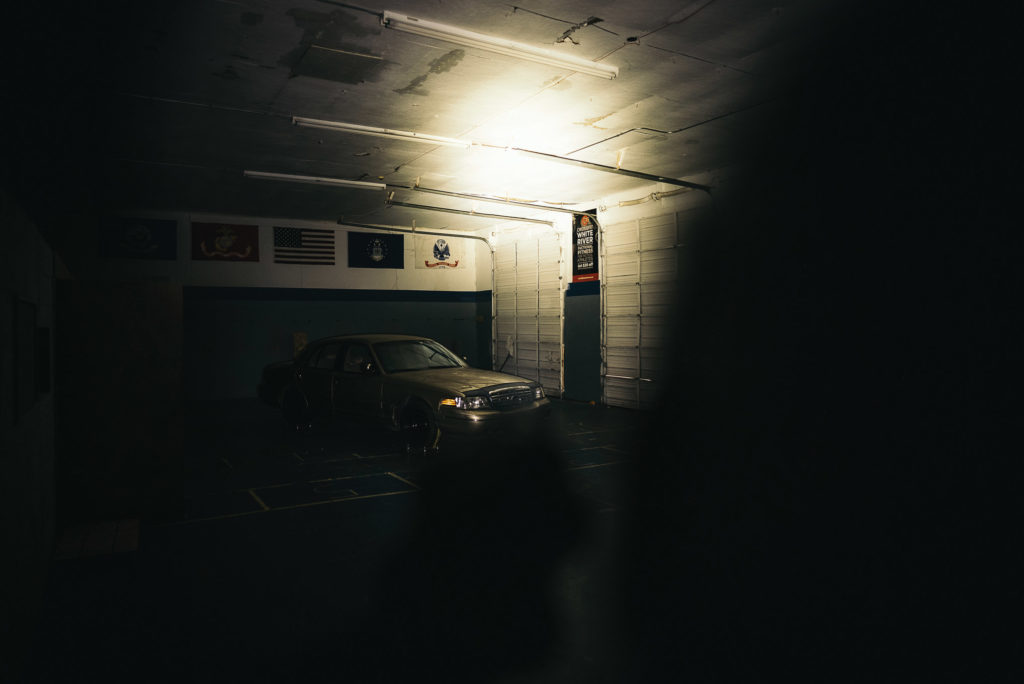
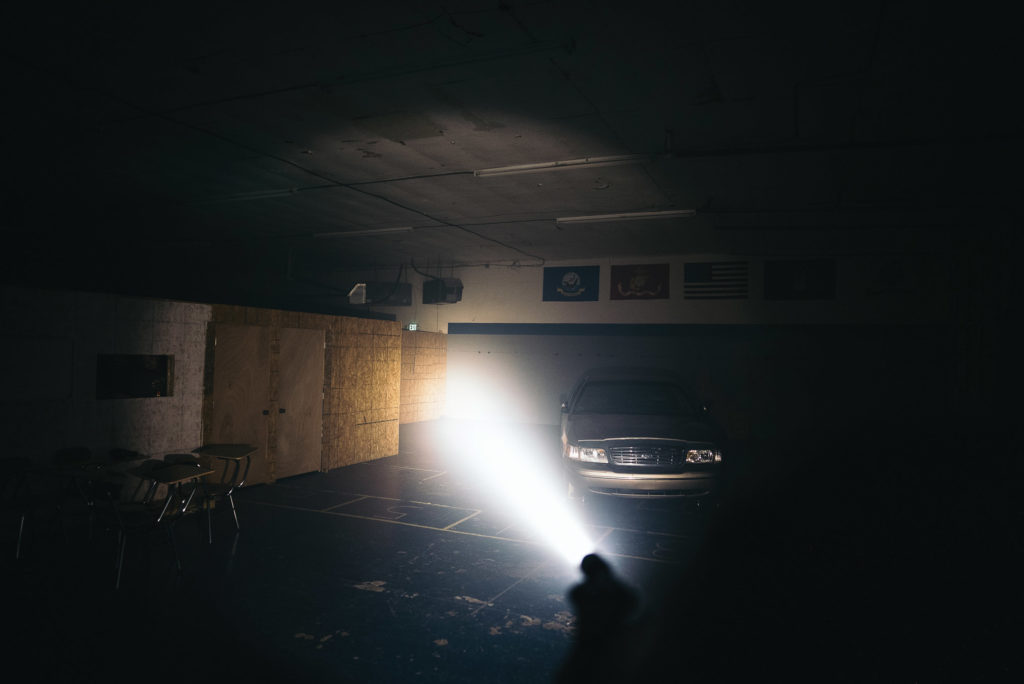
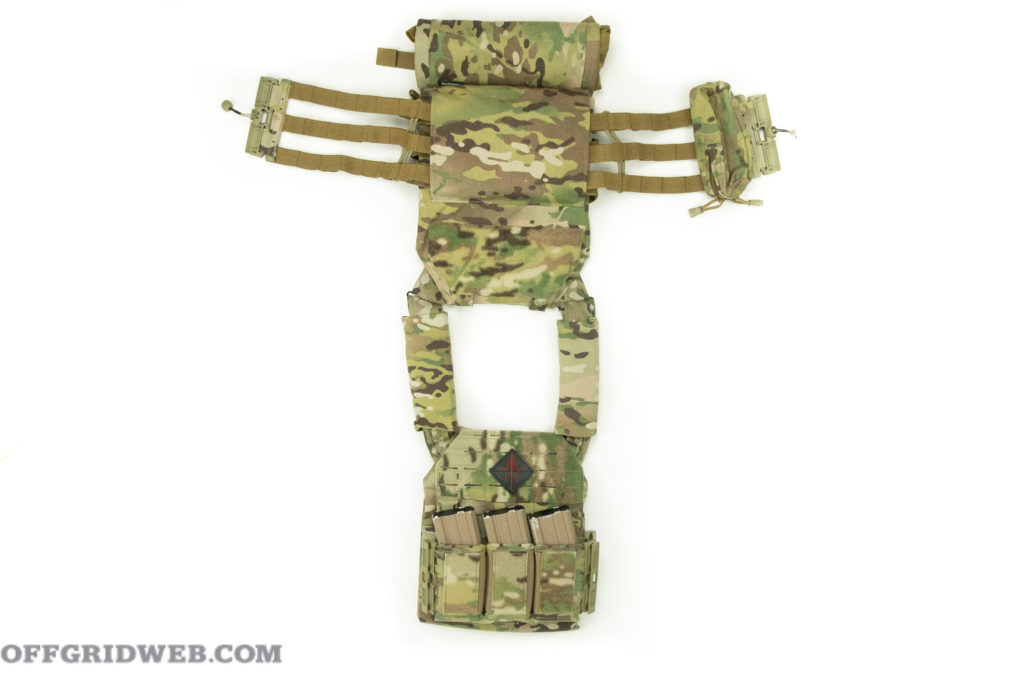
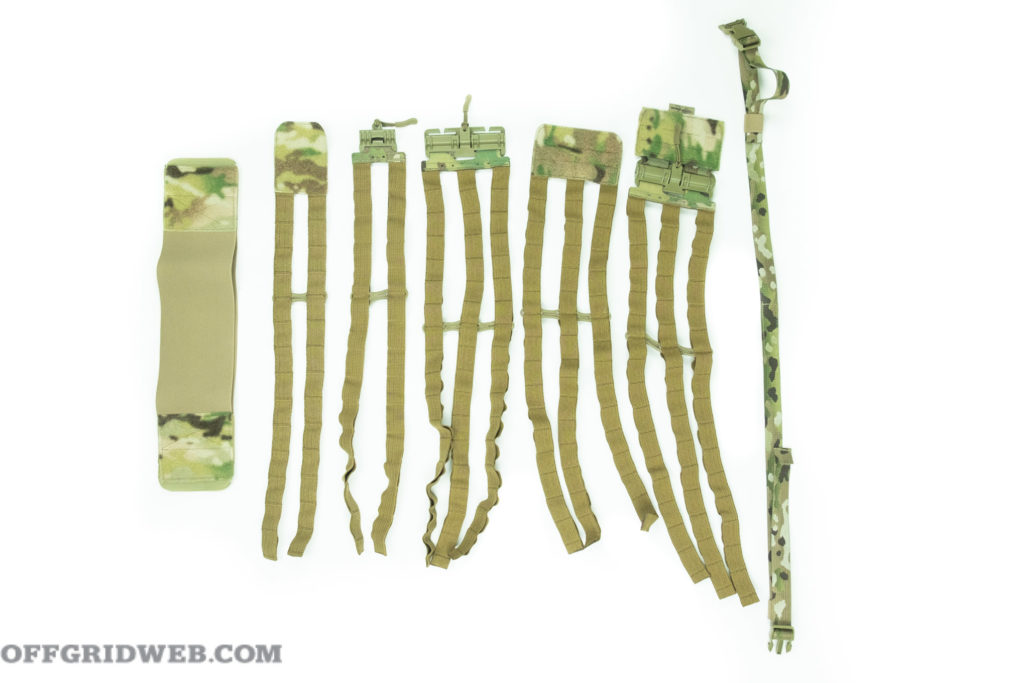
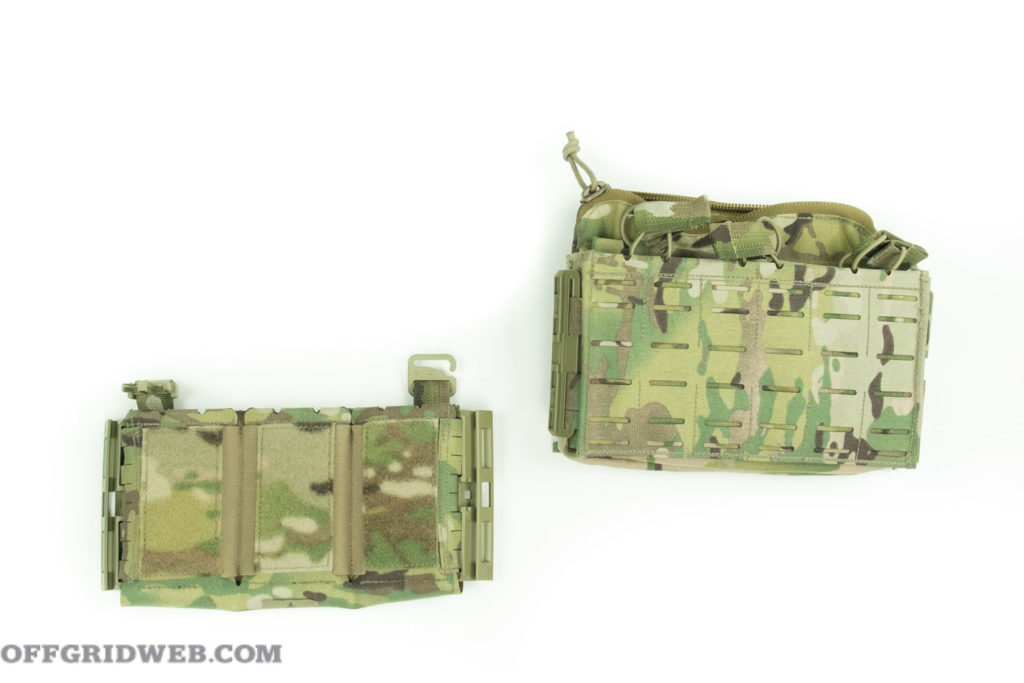
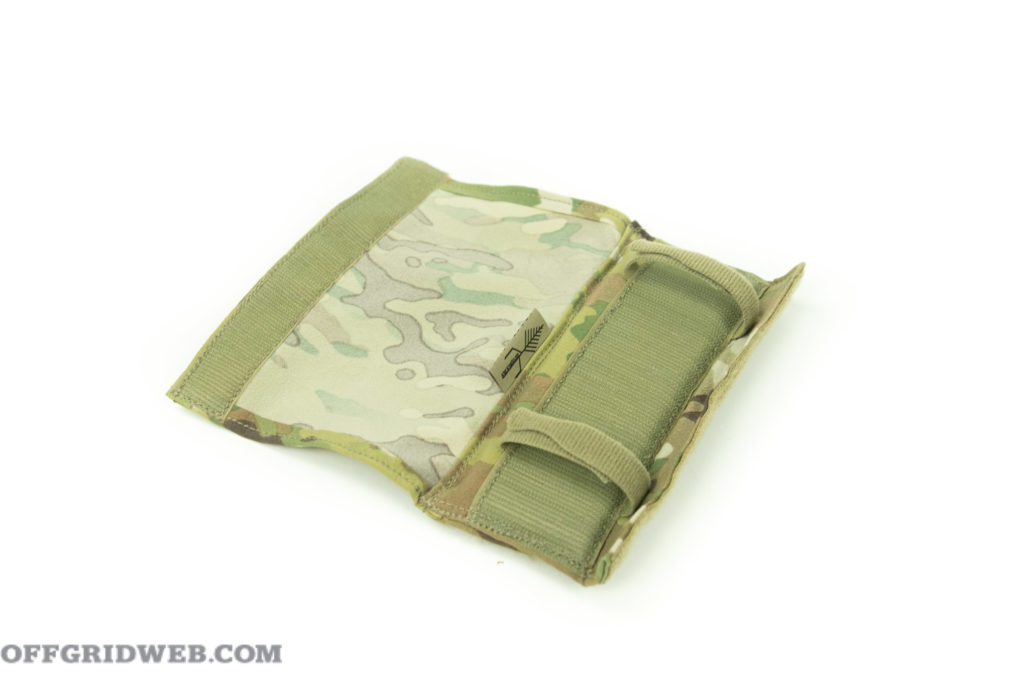
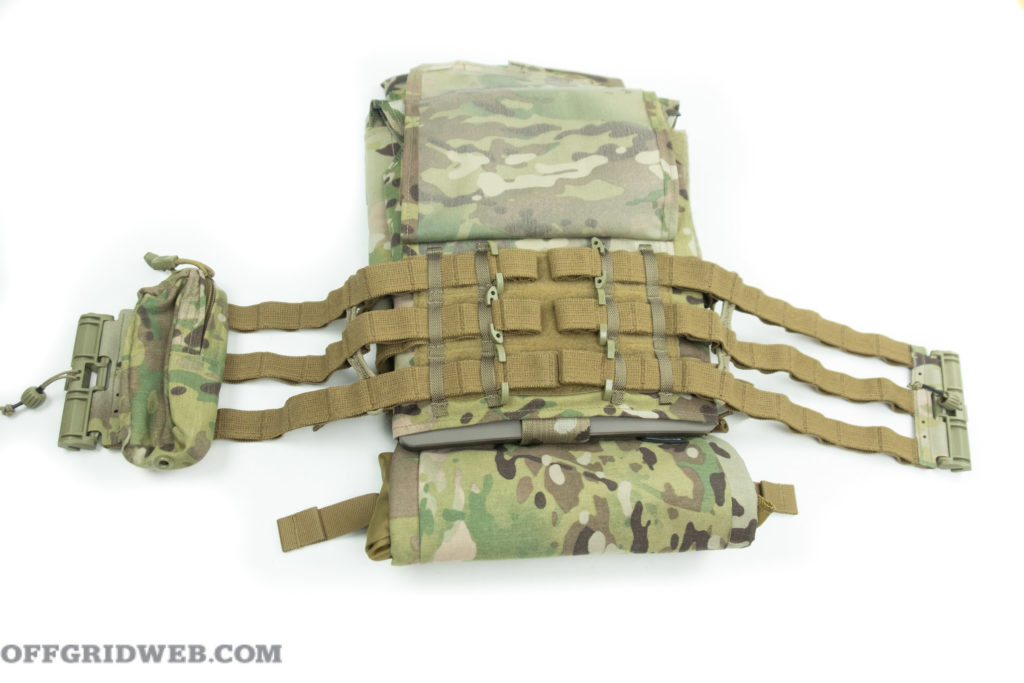
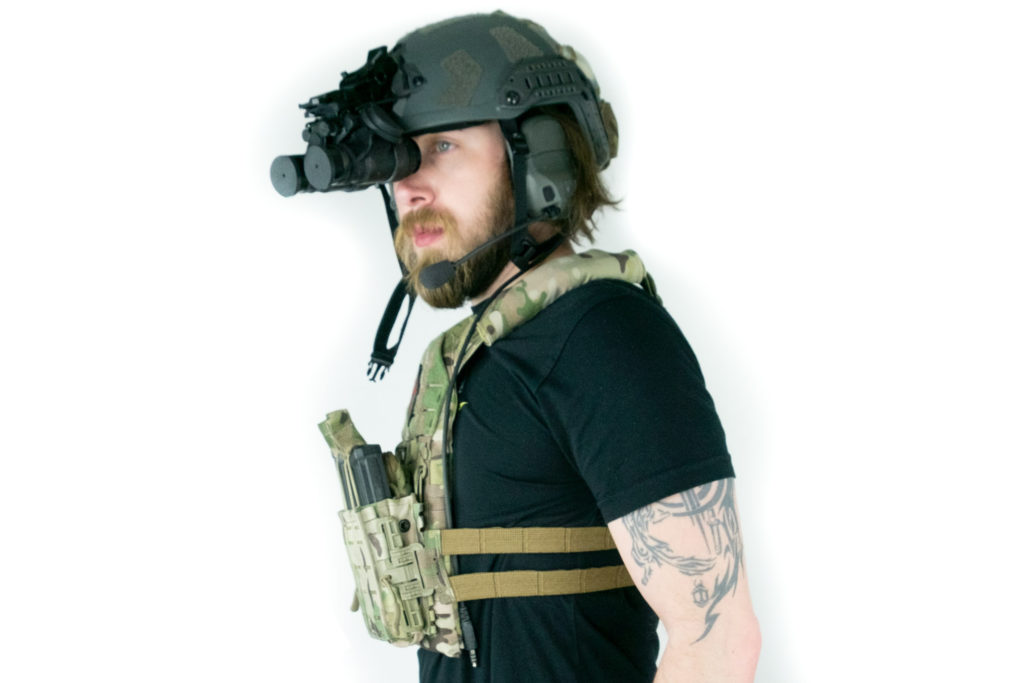
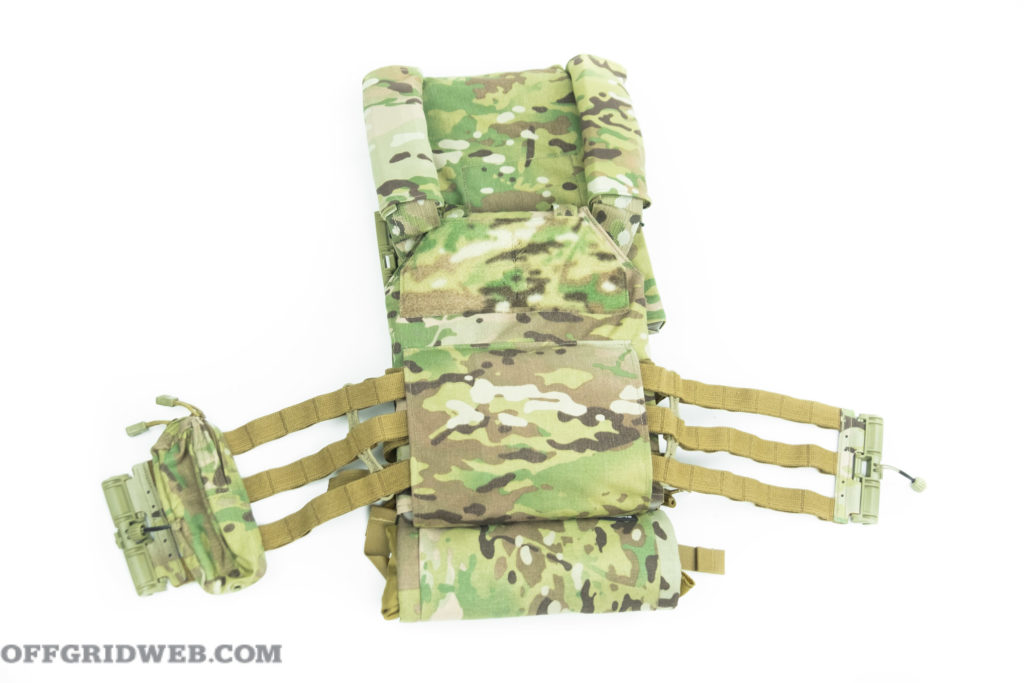

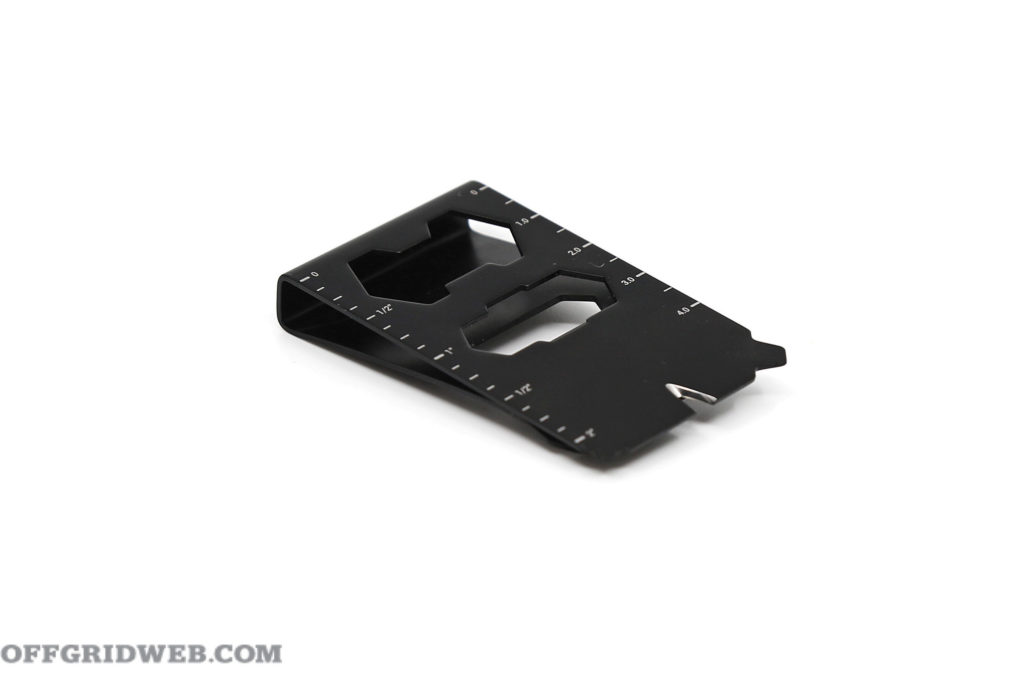
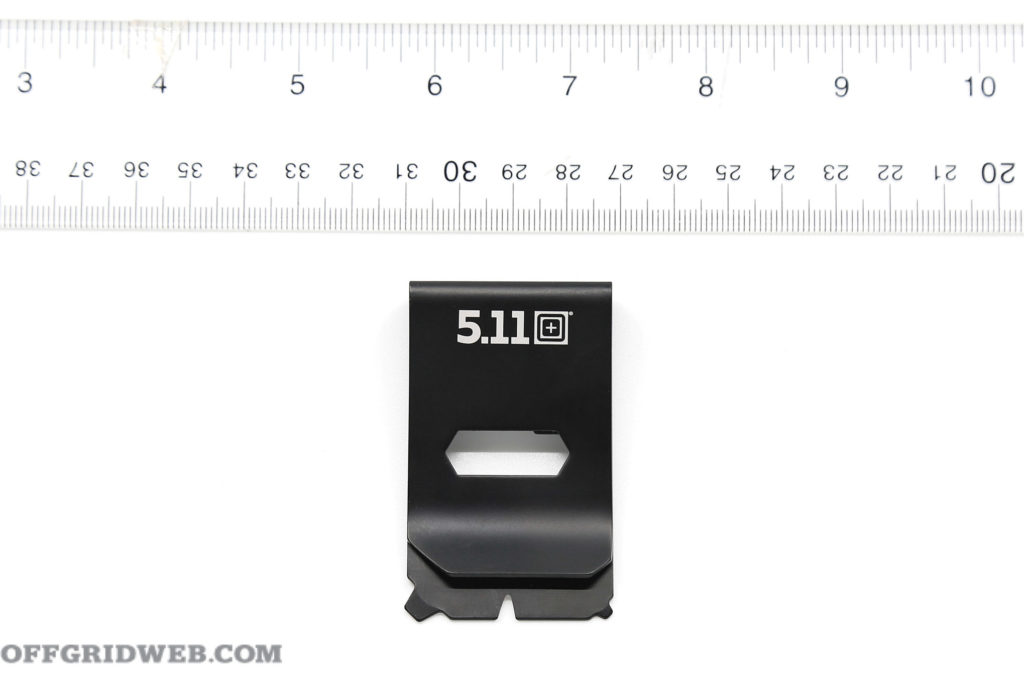


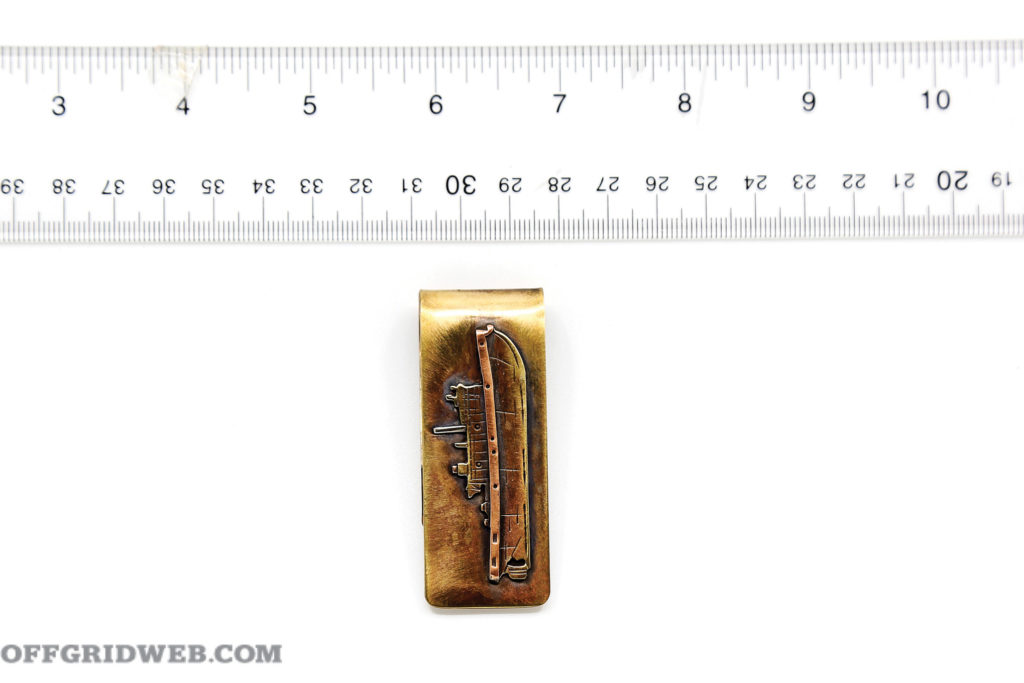



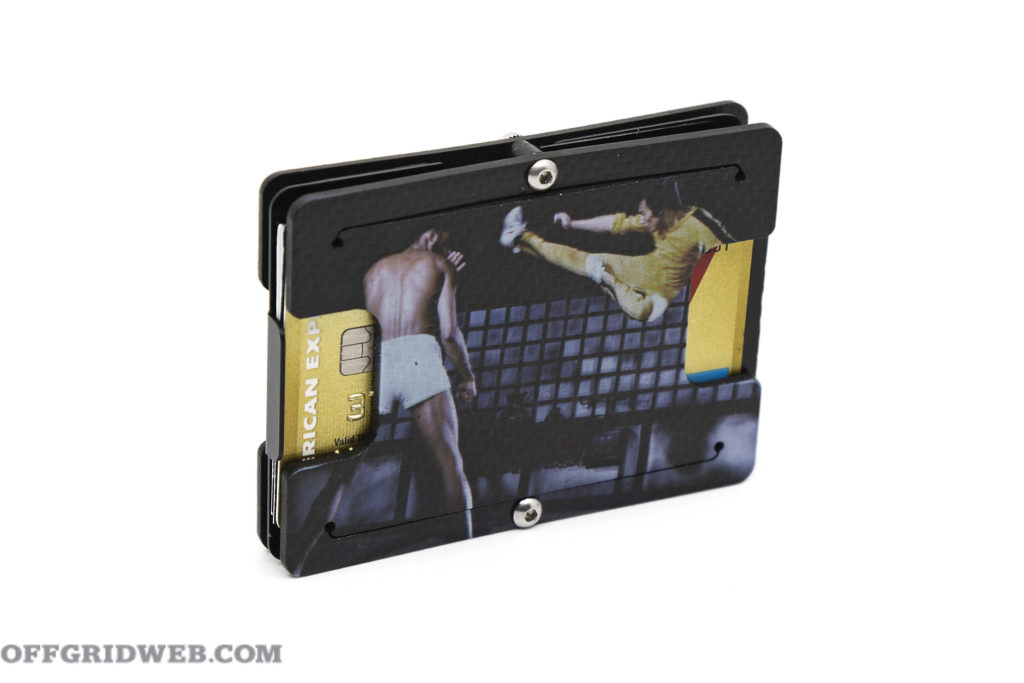

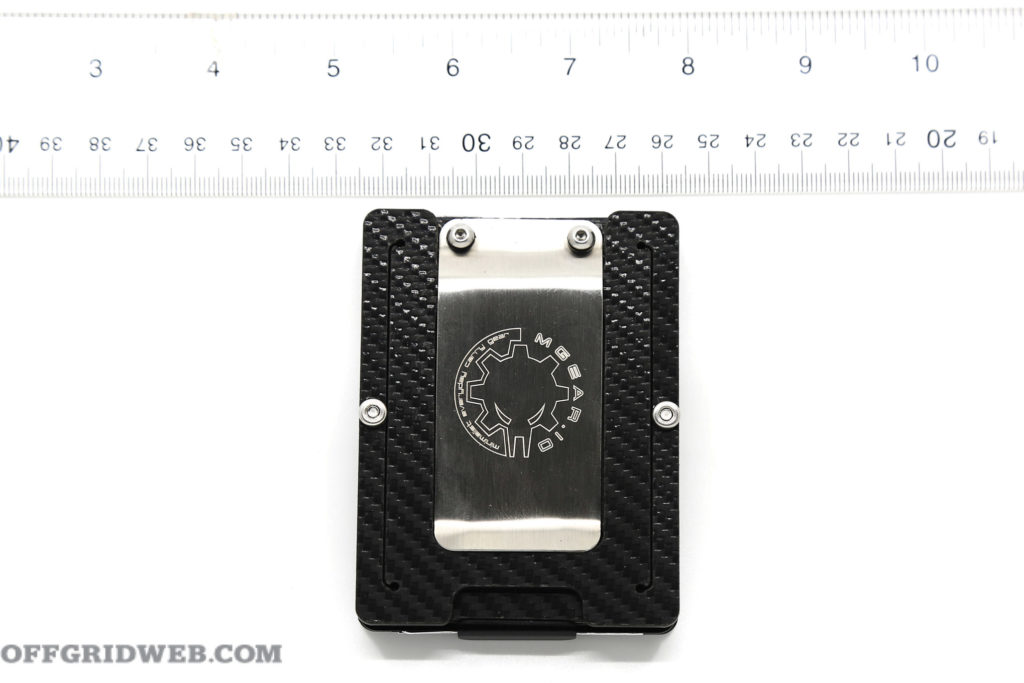

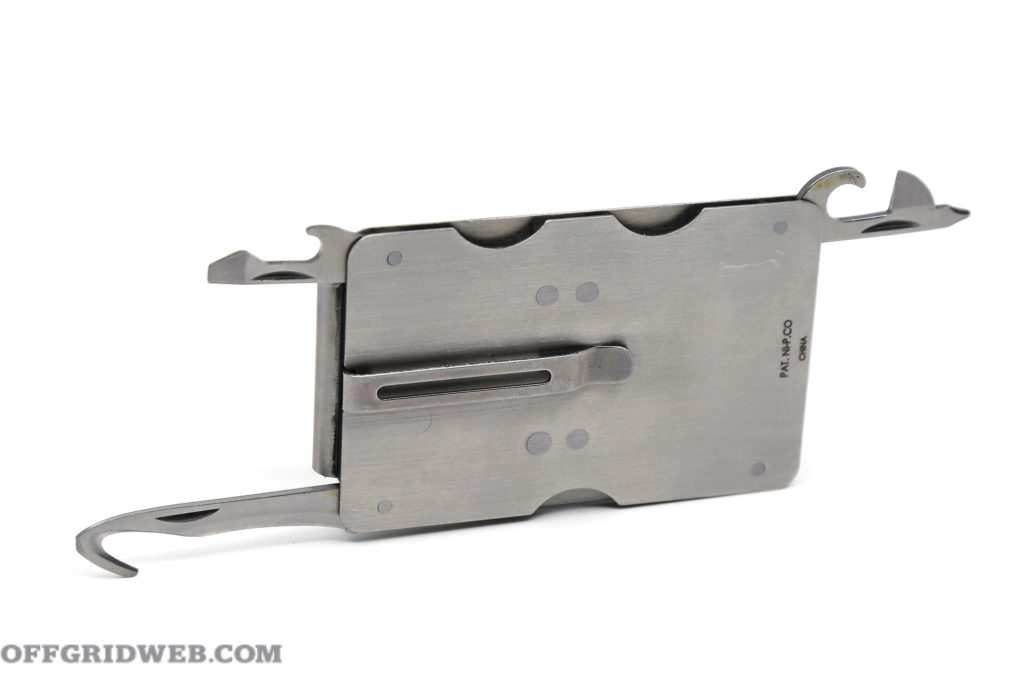
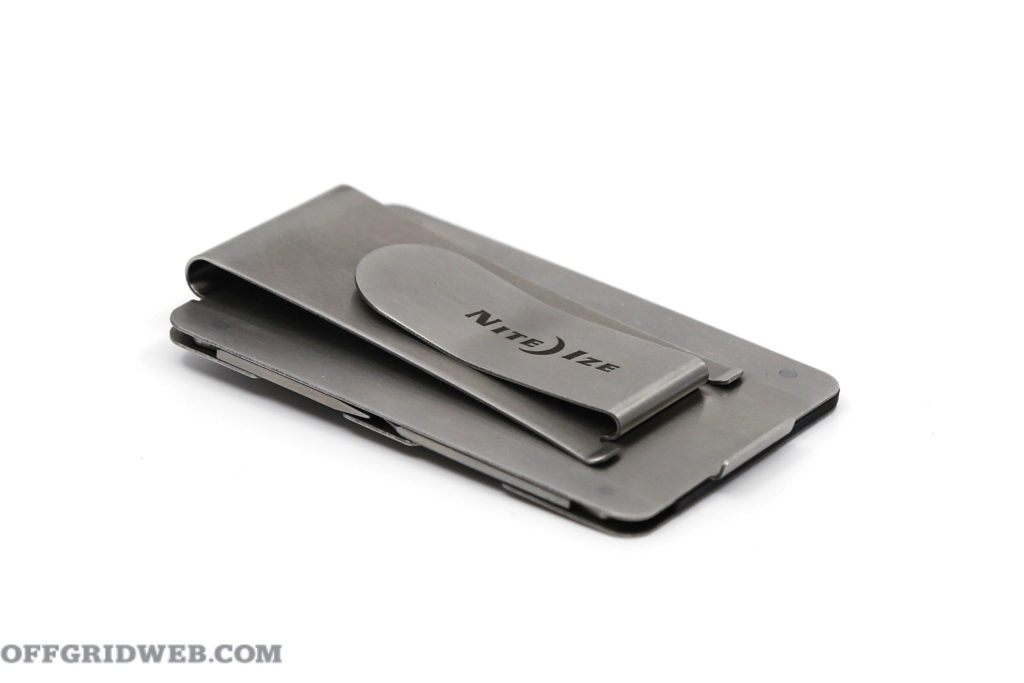

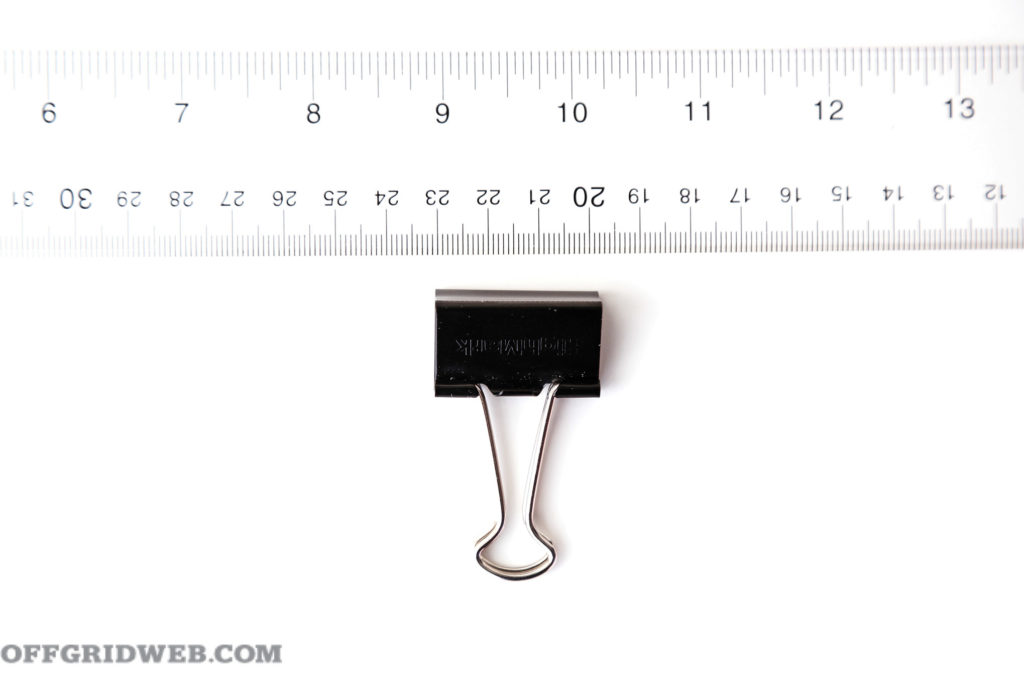
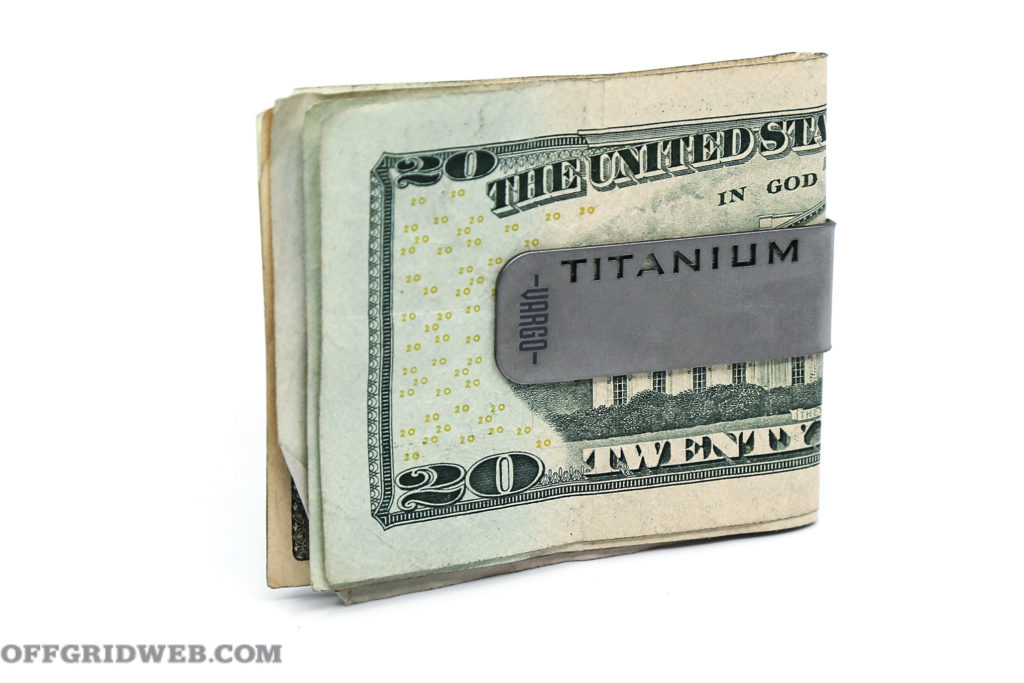
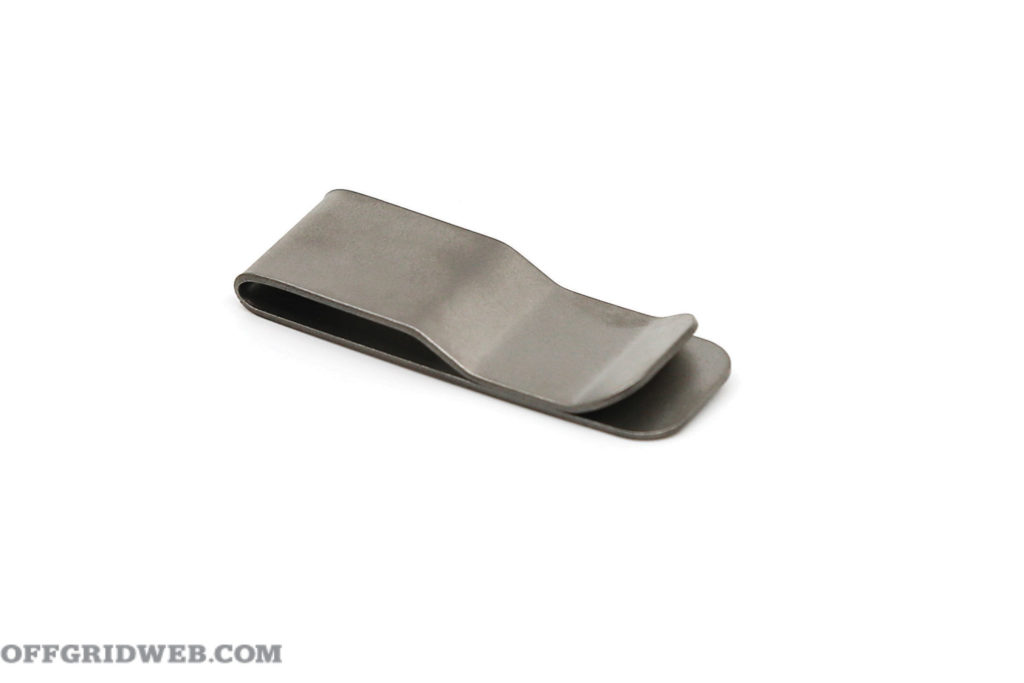
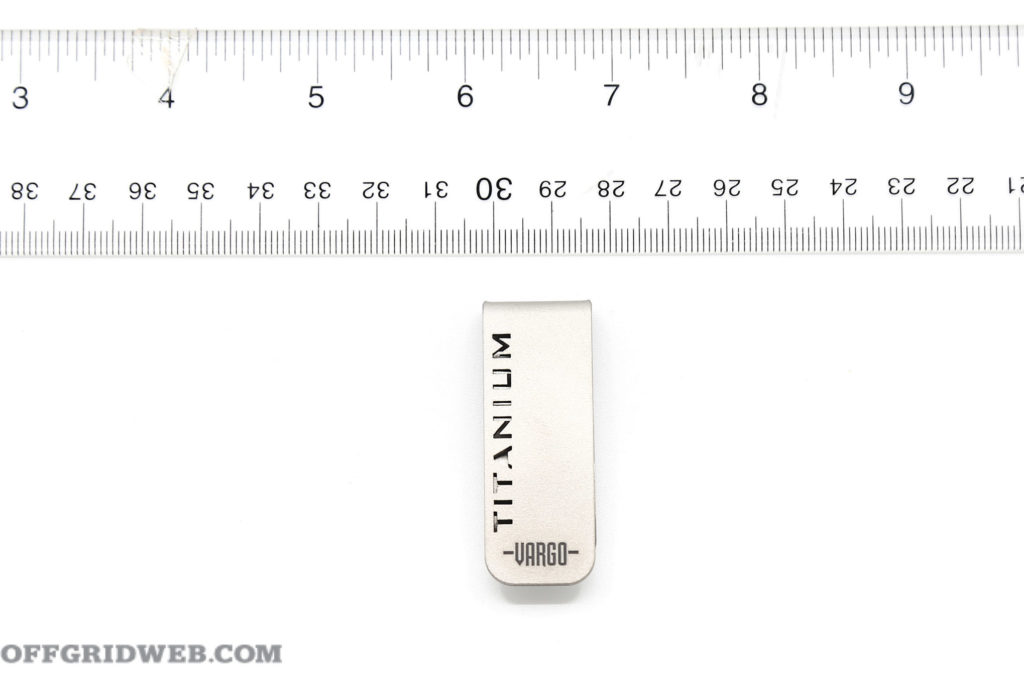
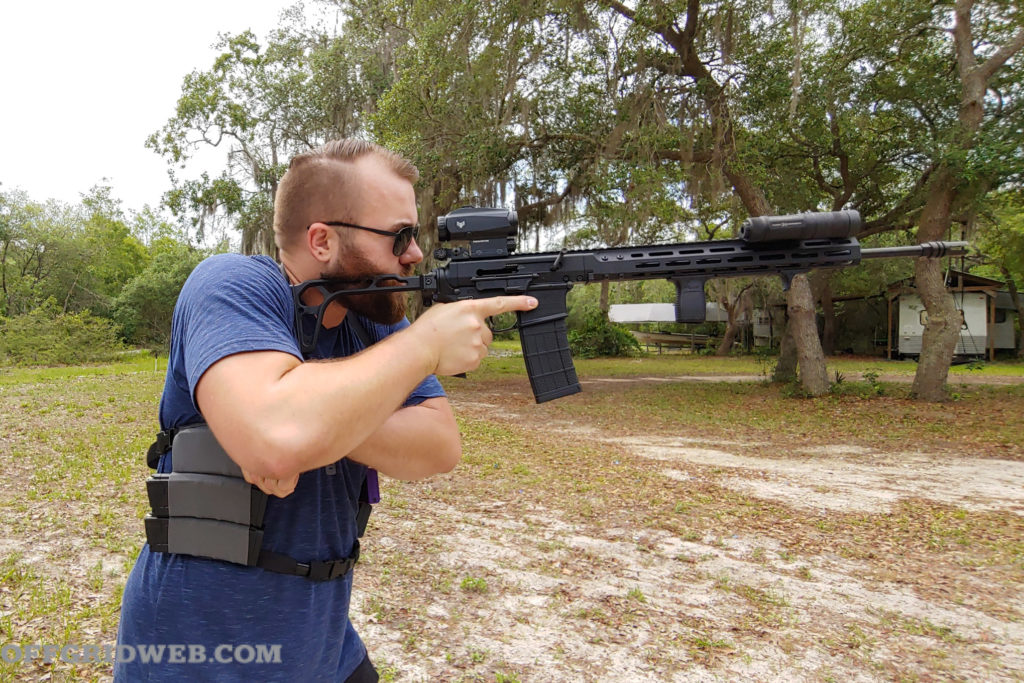
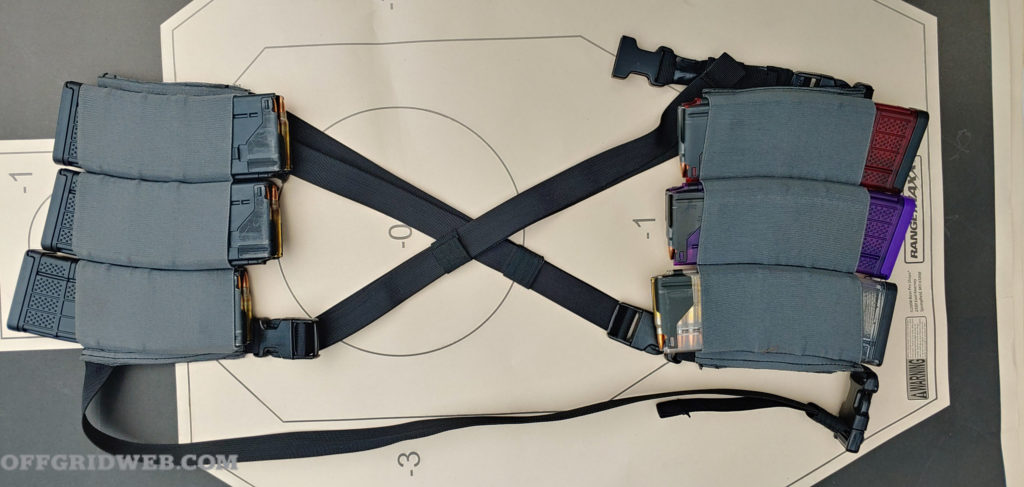
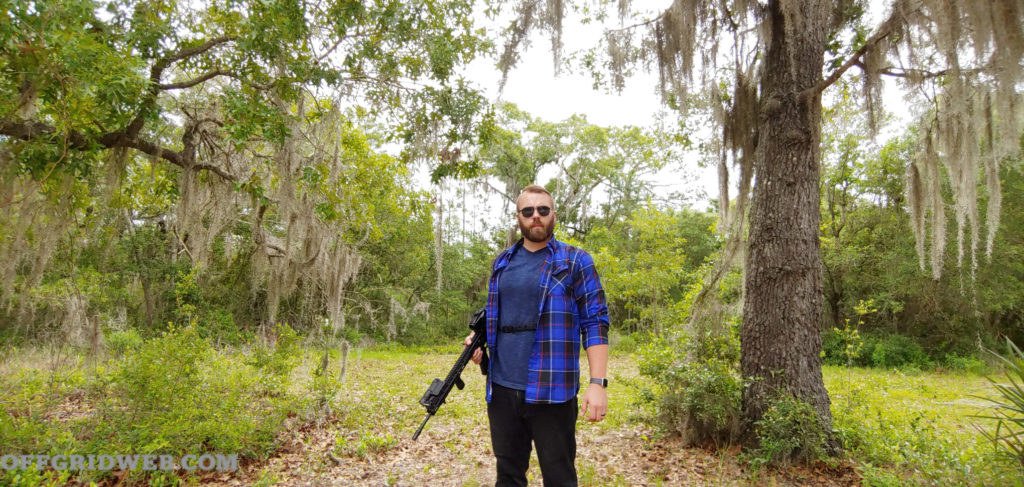
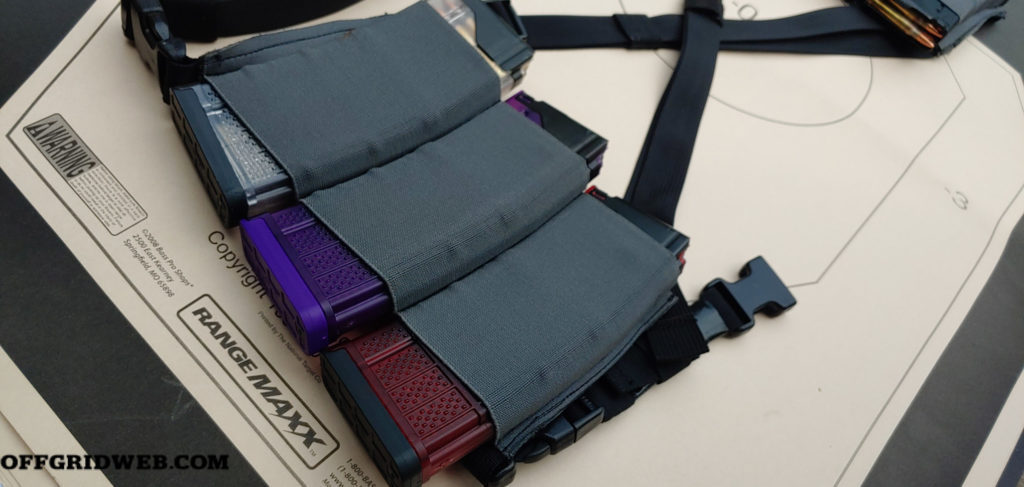
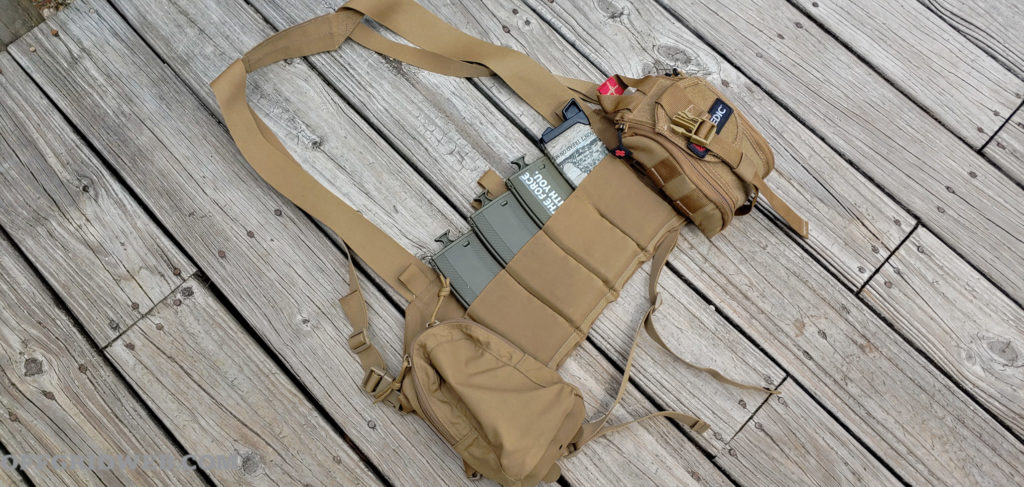
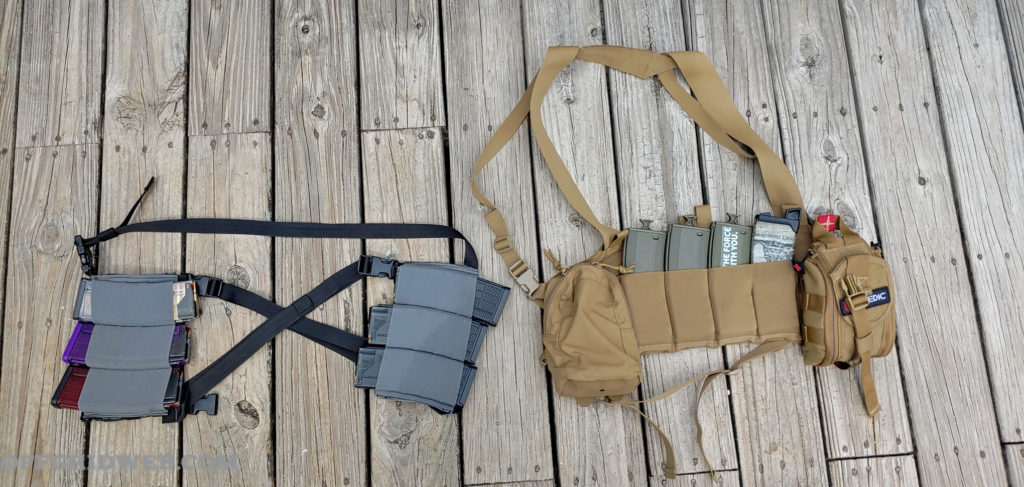
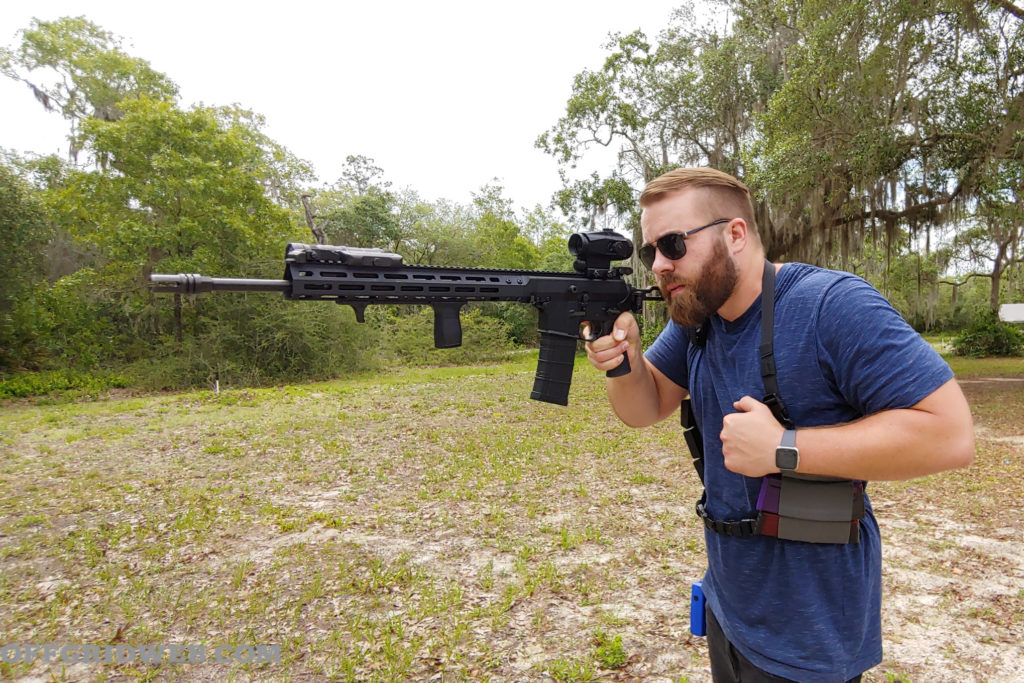
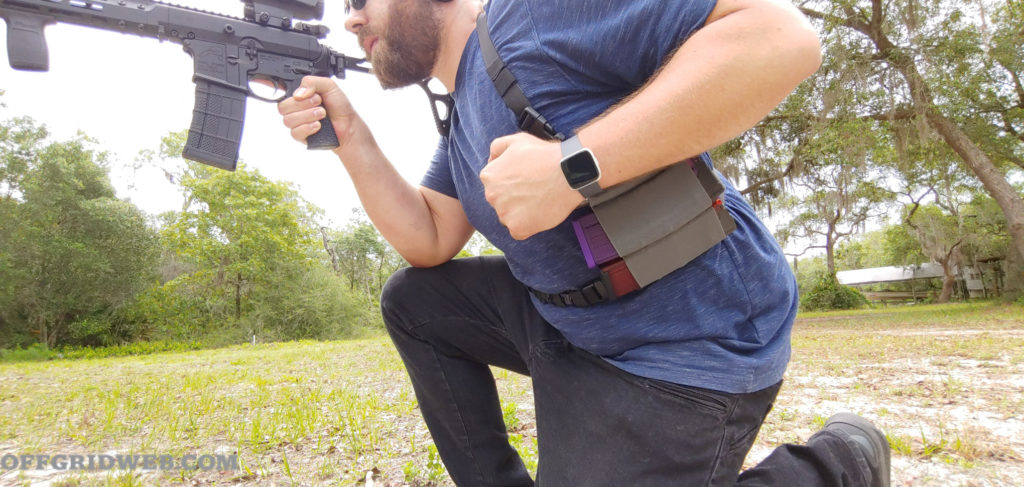
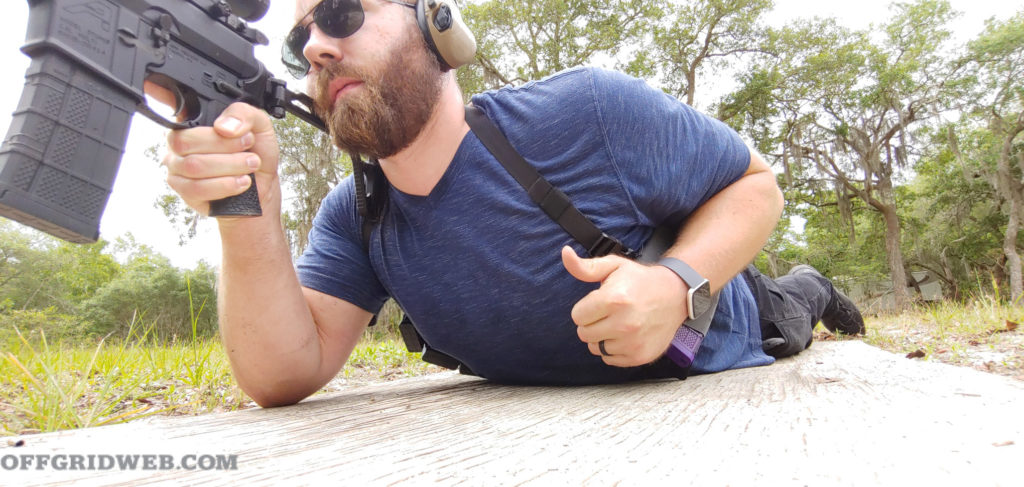
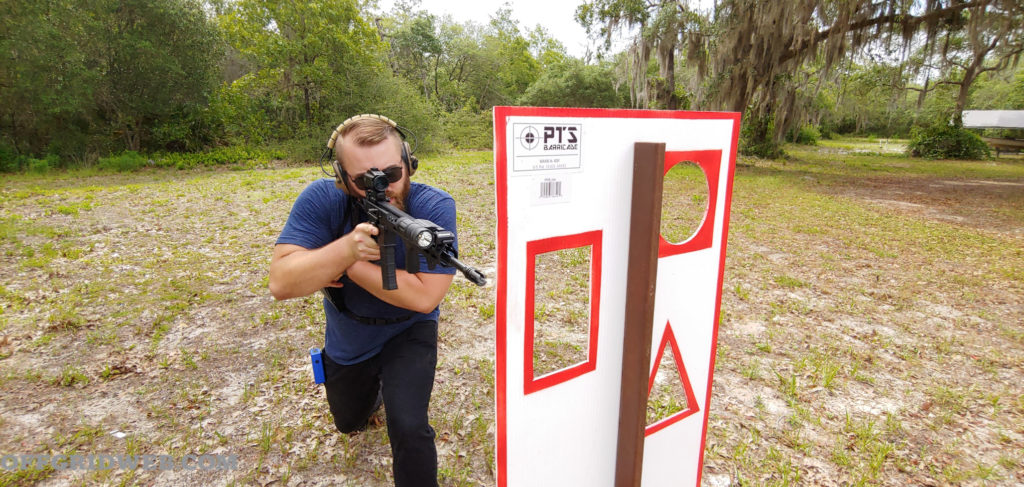
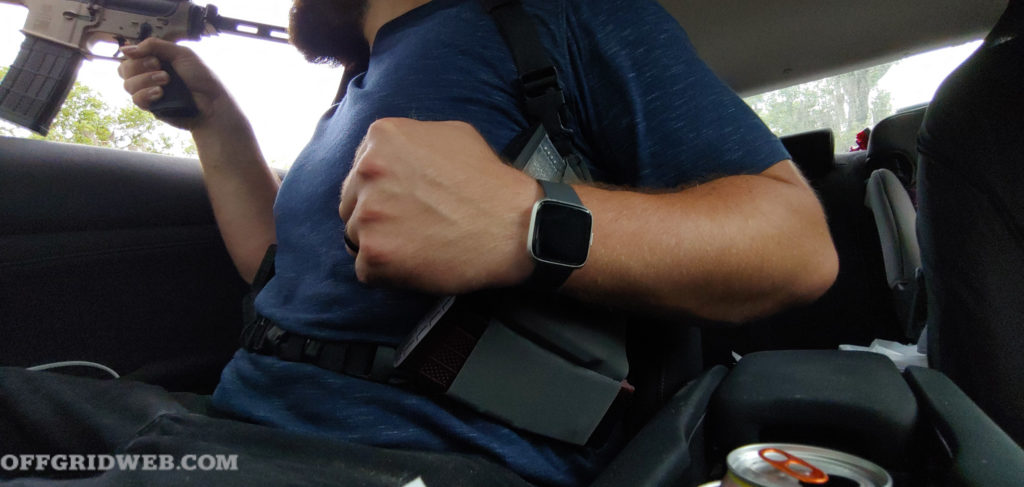
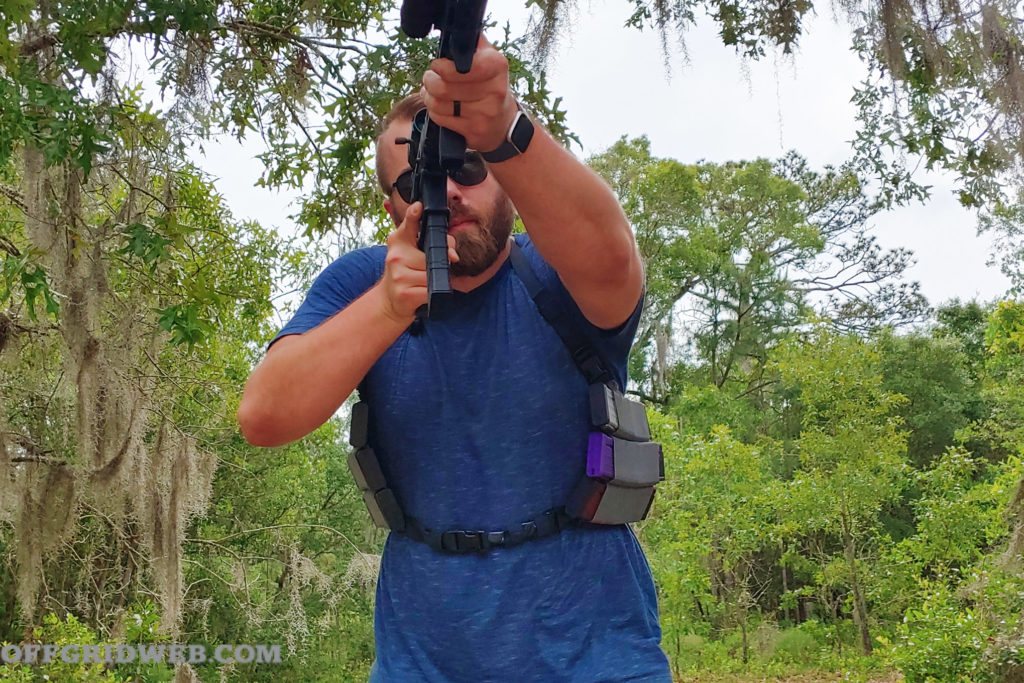
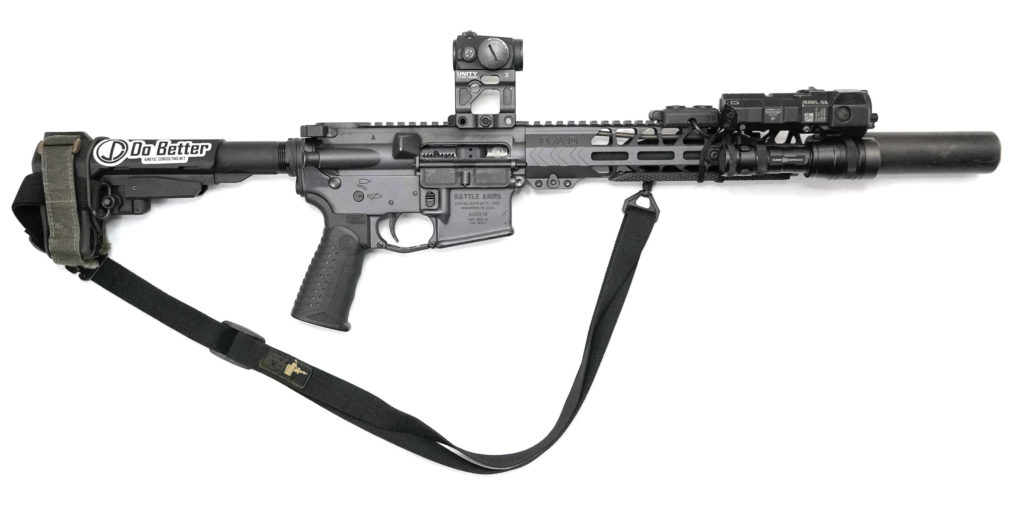
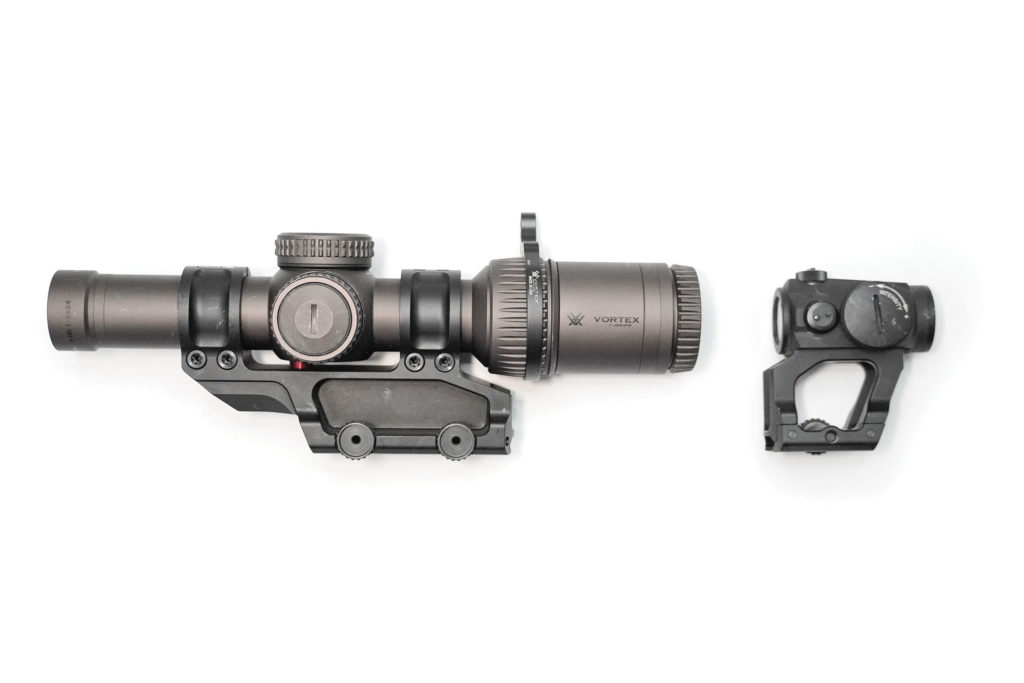

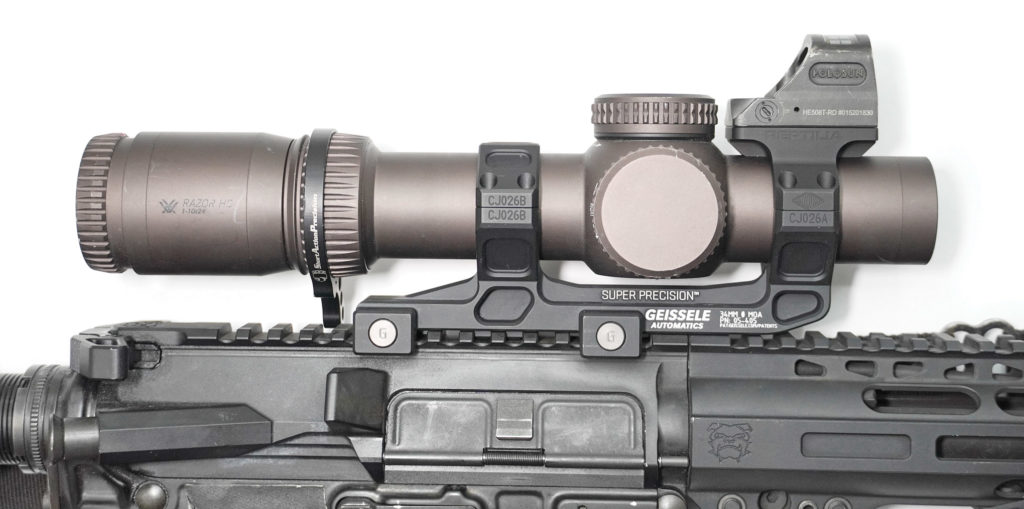
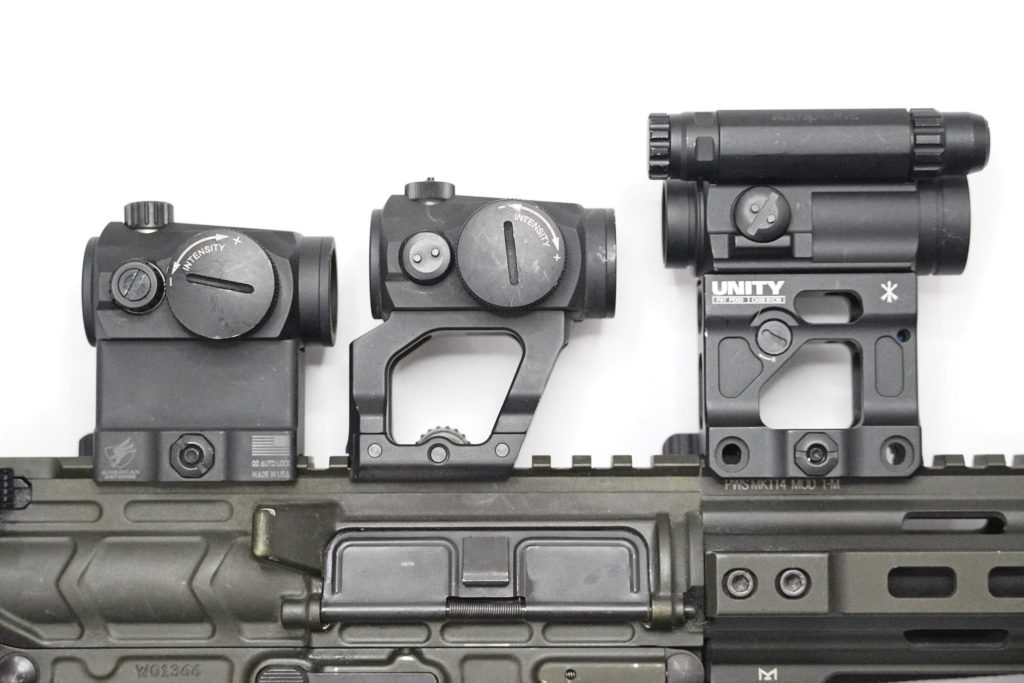
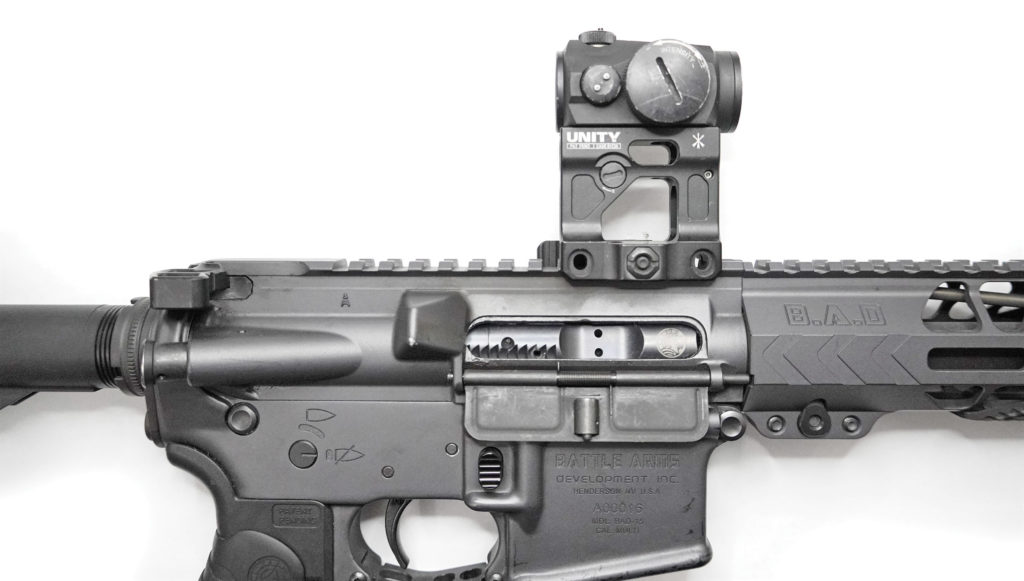
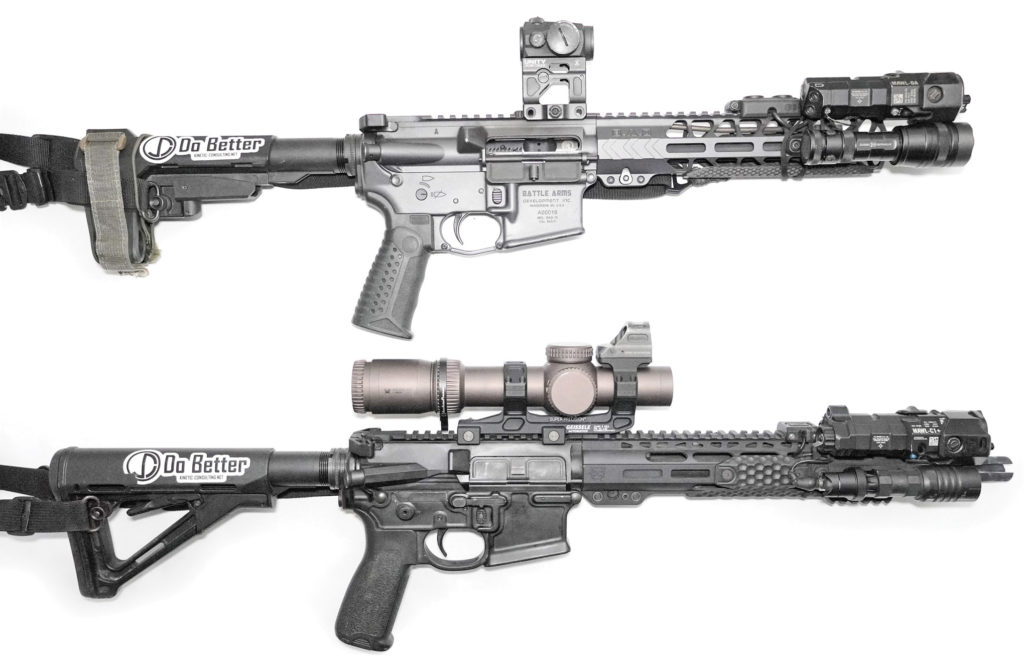
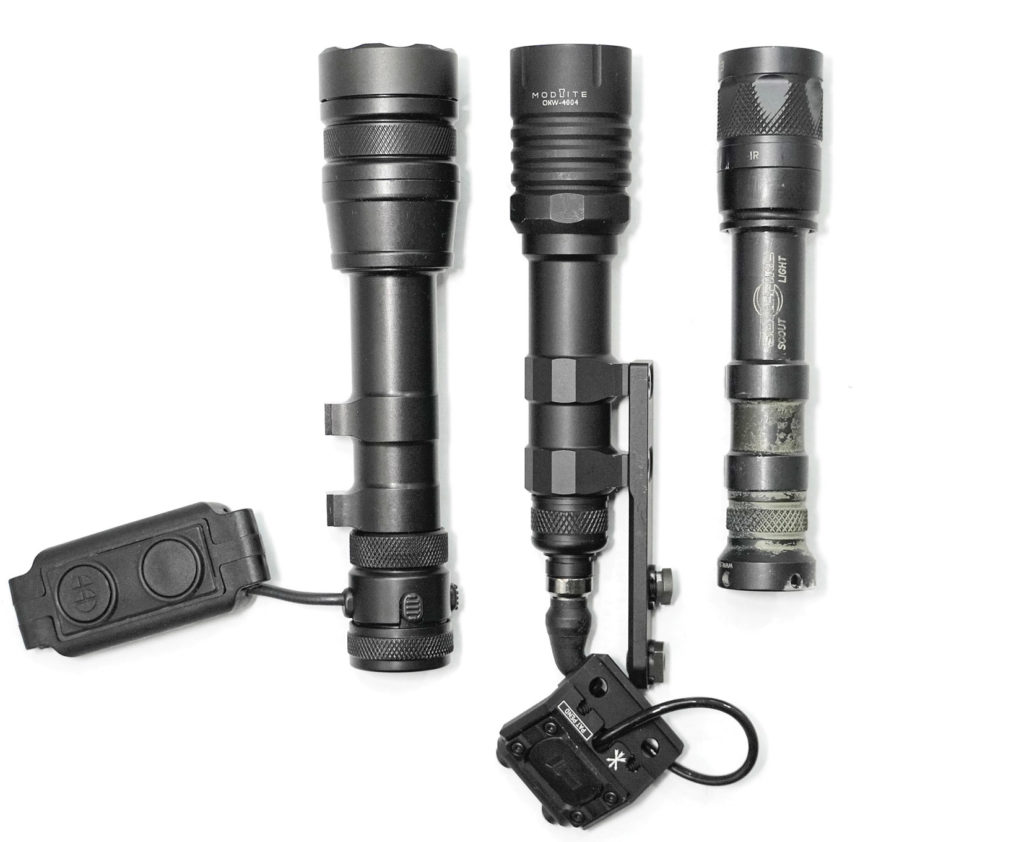
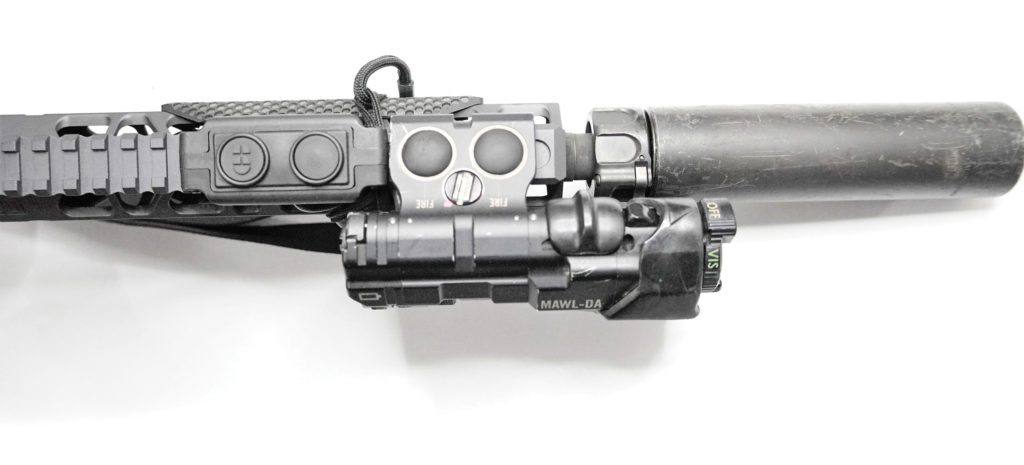
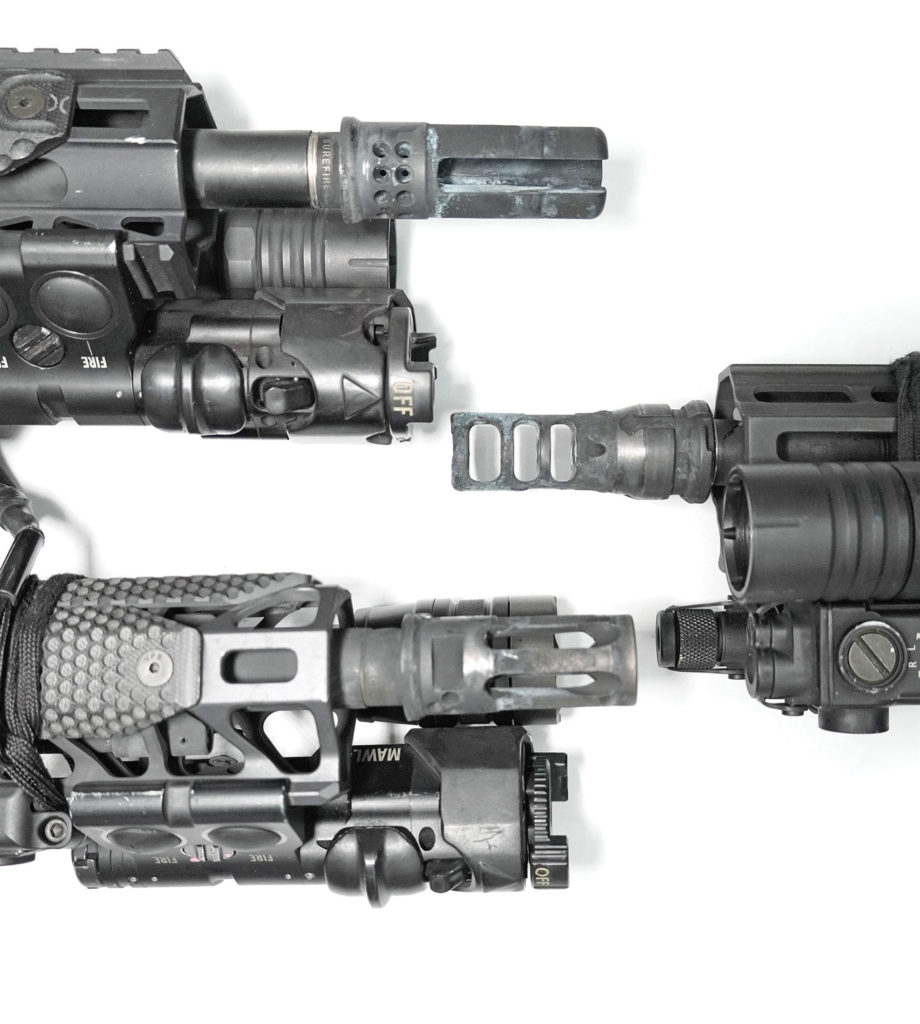 Above: From top to bottom, a SureFire Warcomp flash hider, Dead Air Keymount brake, SureFire Warcomp closed-tine flash hider.
Above: From top to bottom, a SureFire Warcomp flash hider, Dead Air Keymount brake, SureFire Warcomp closed-tine flash hider. 